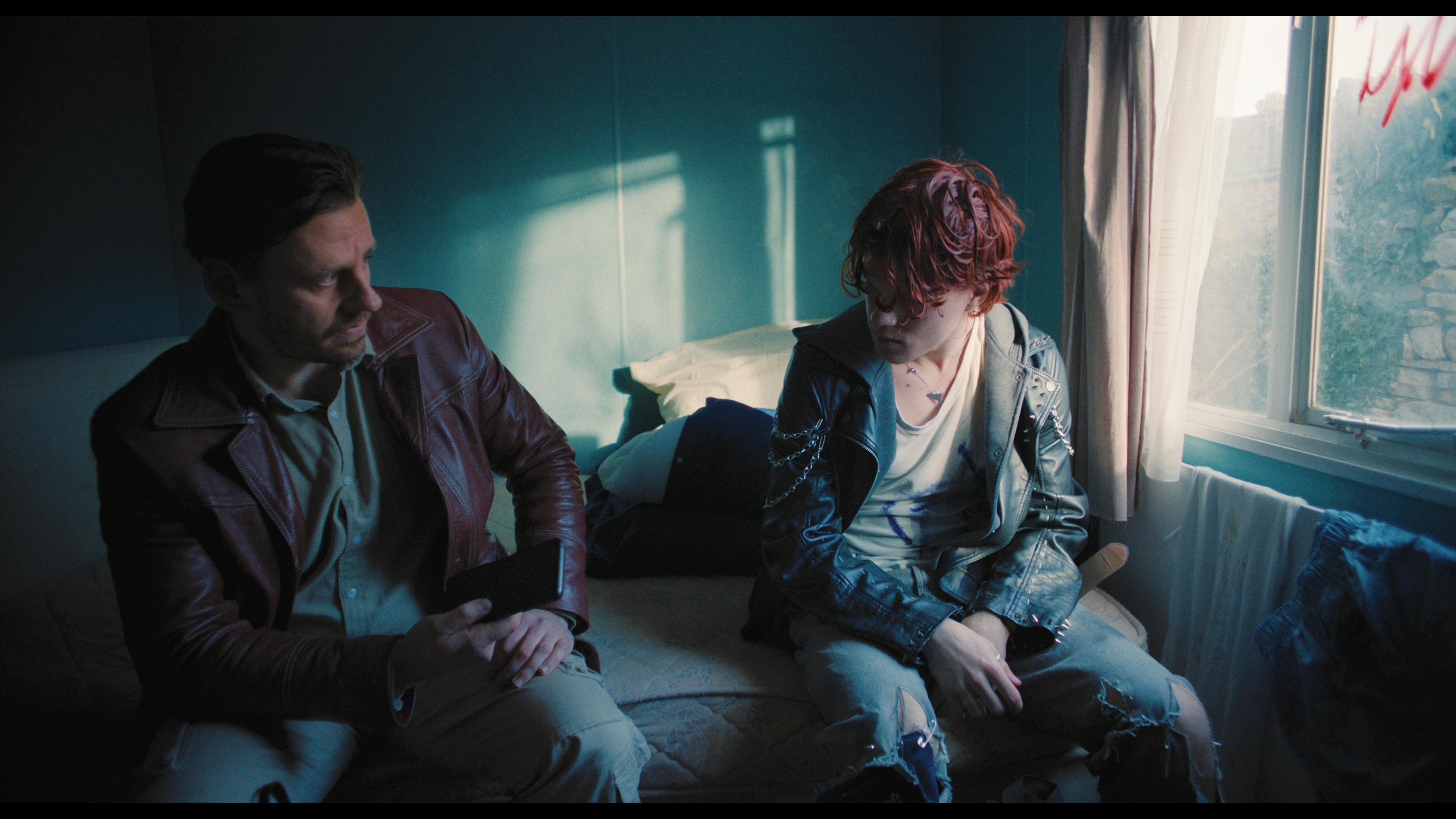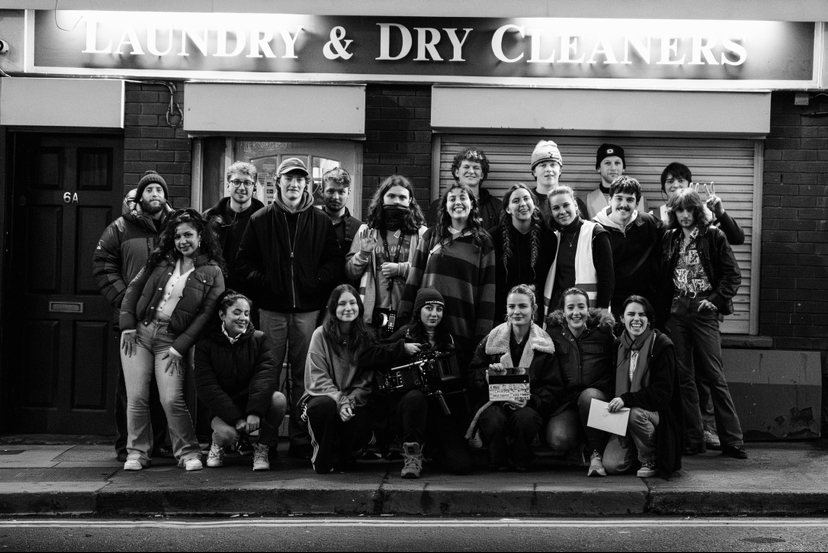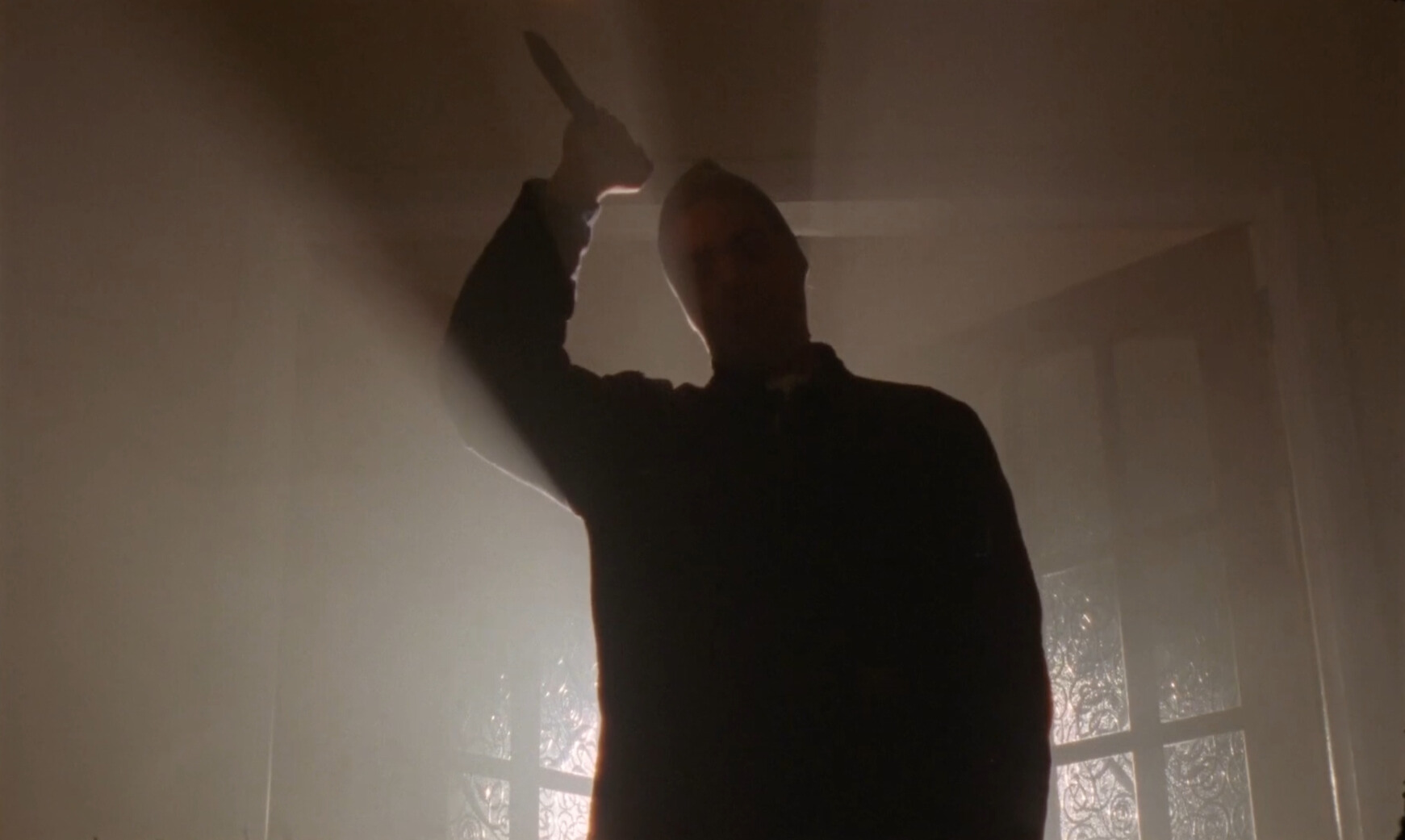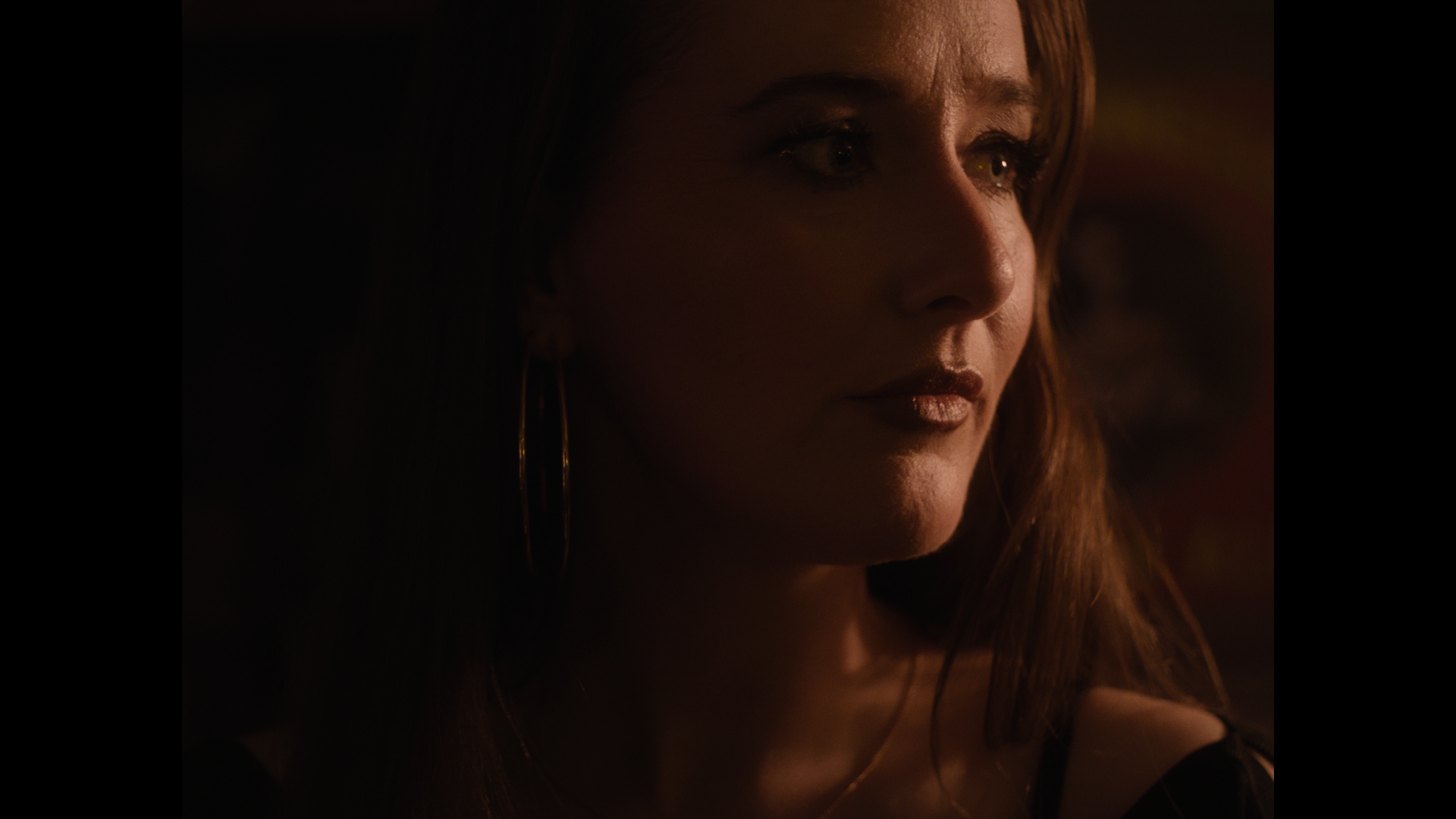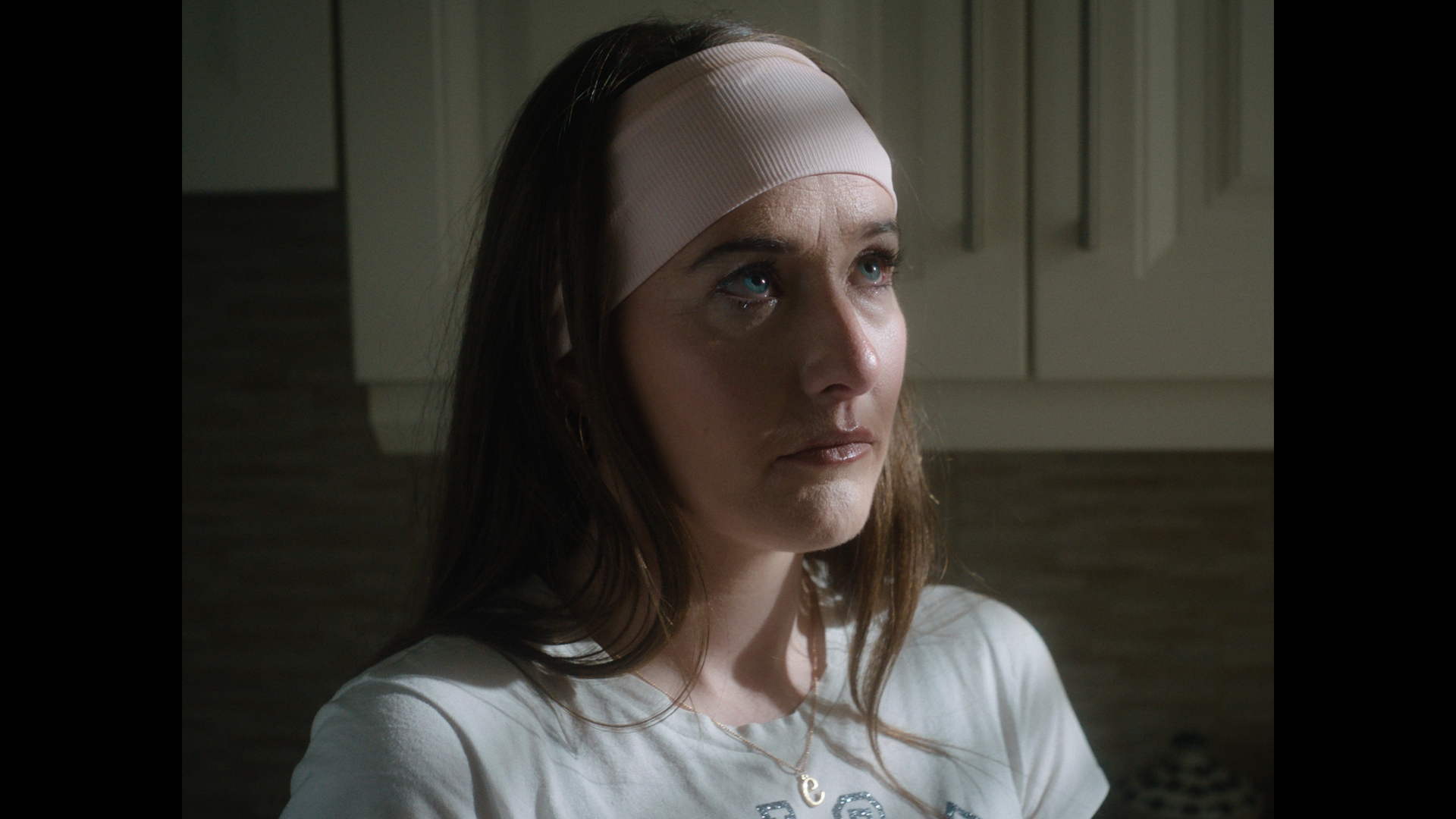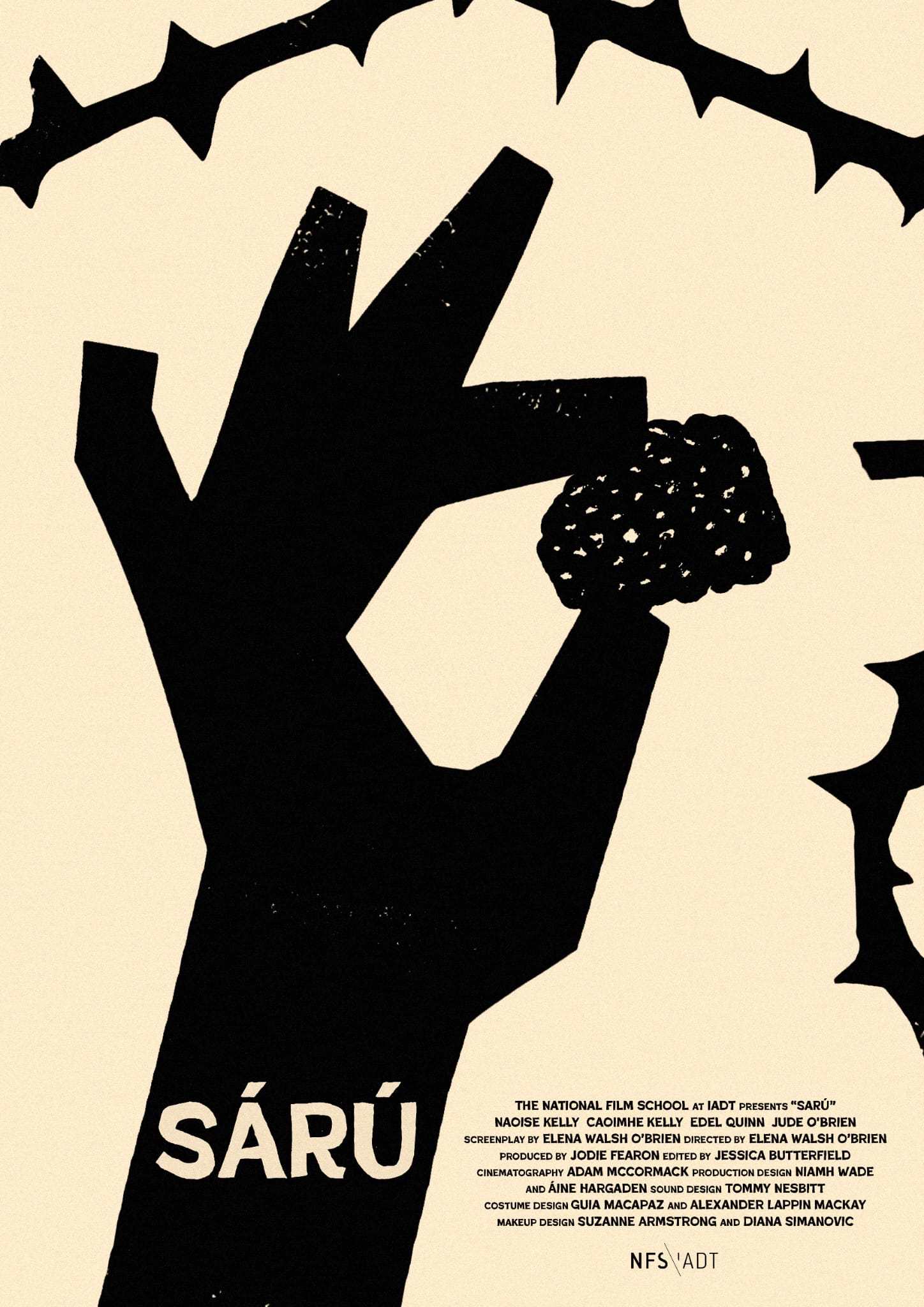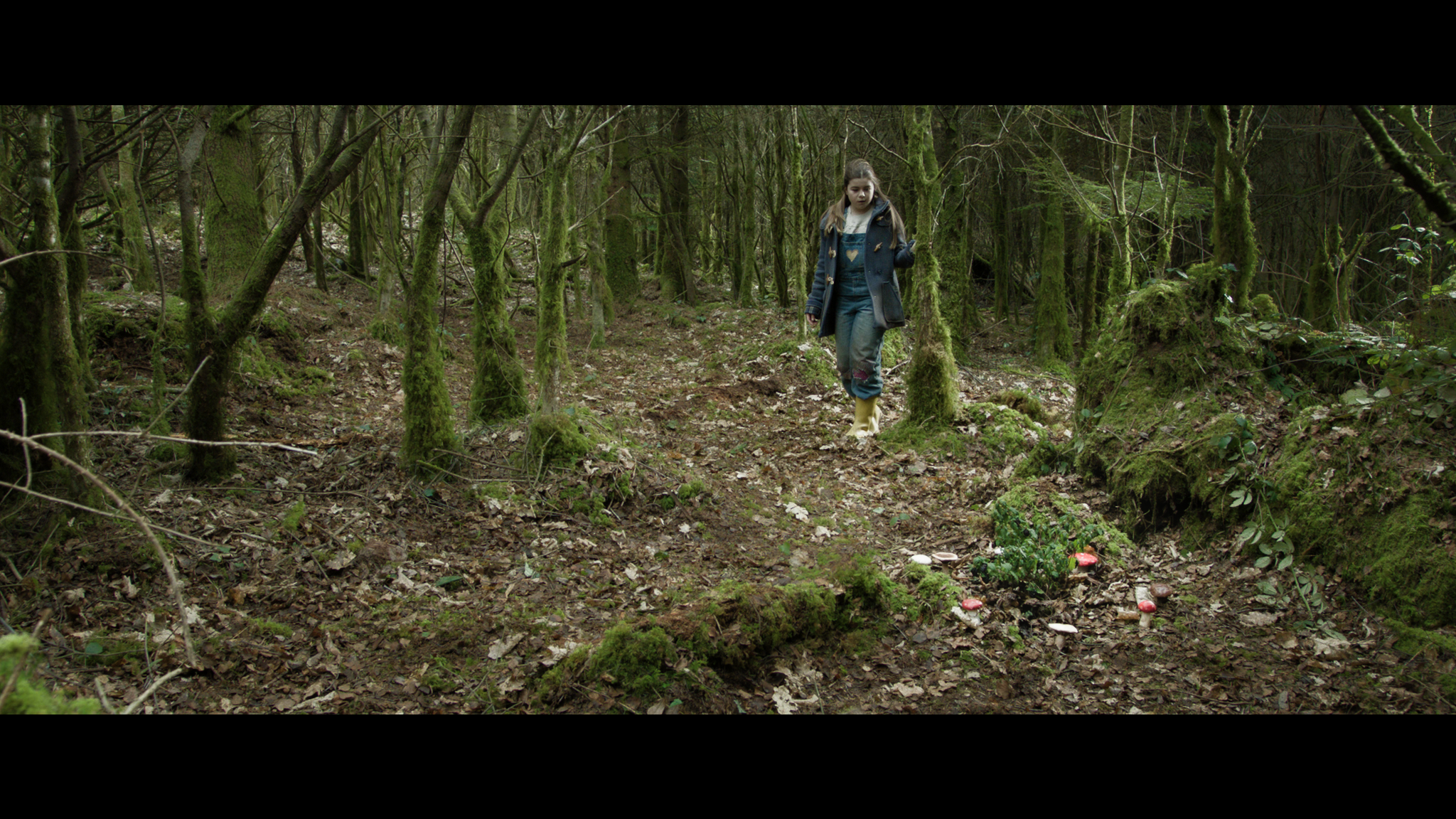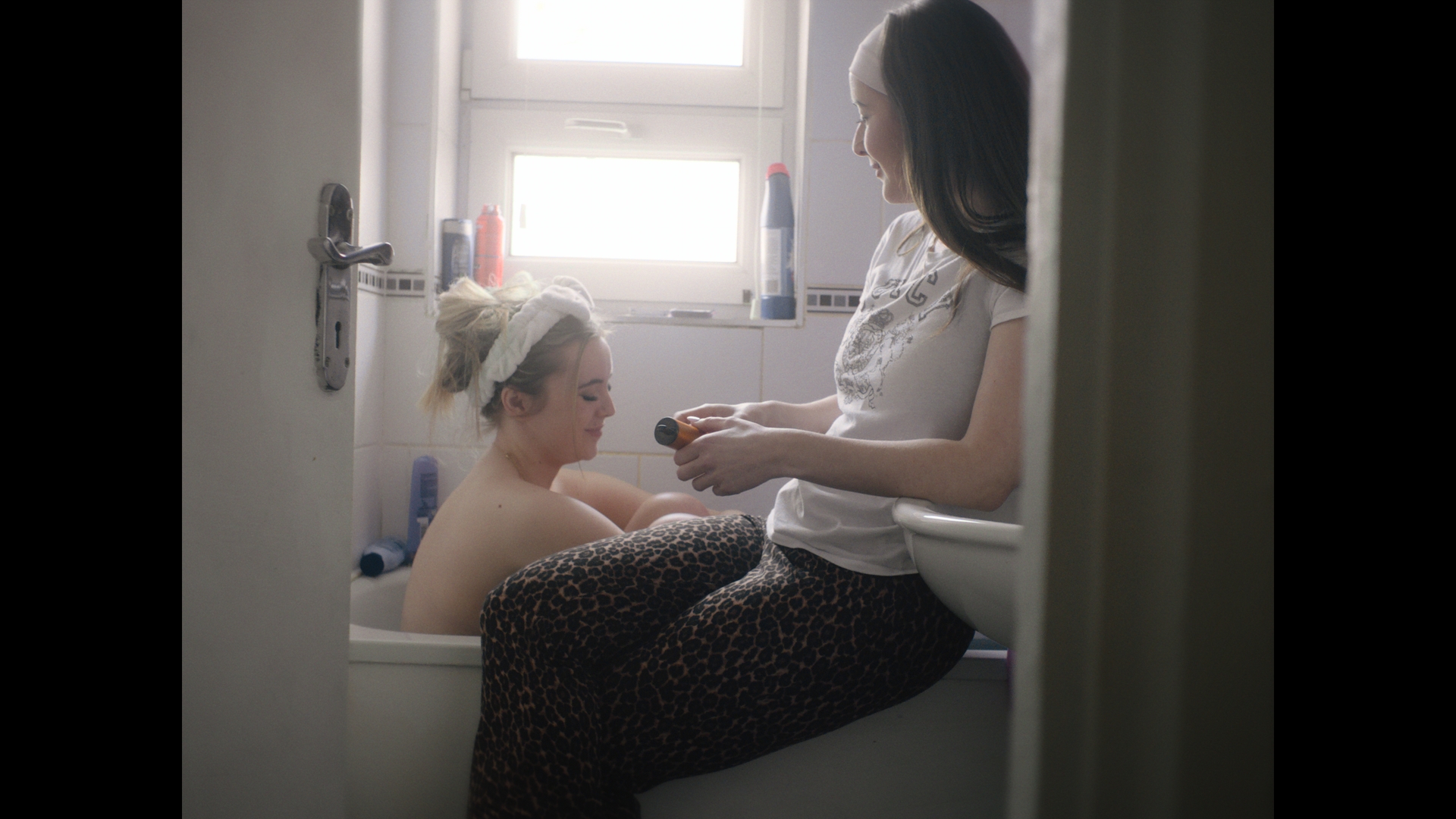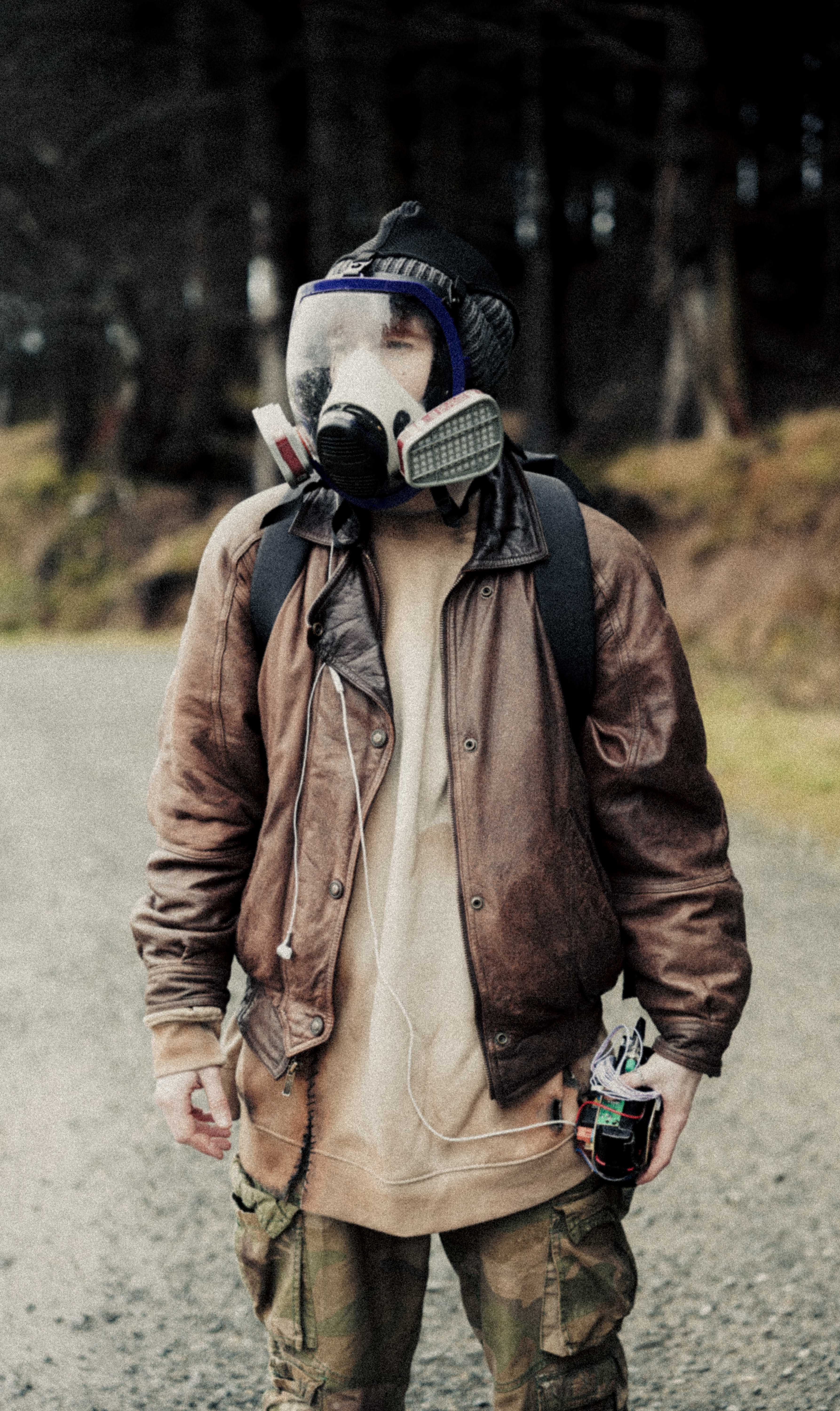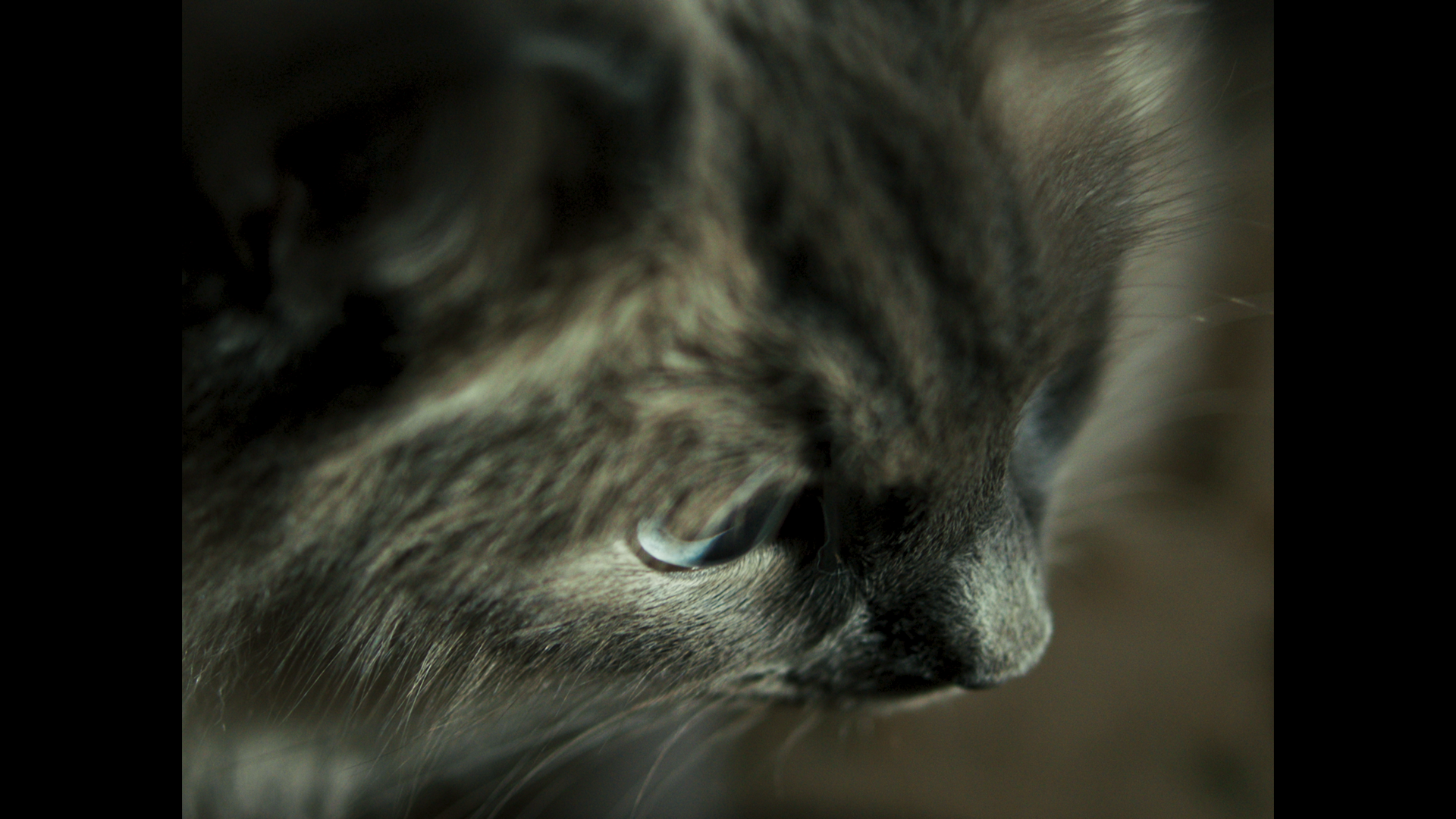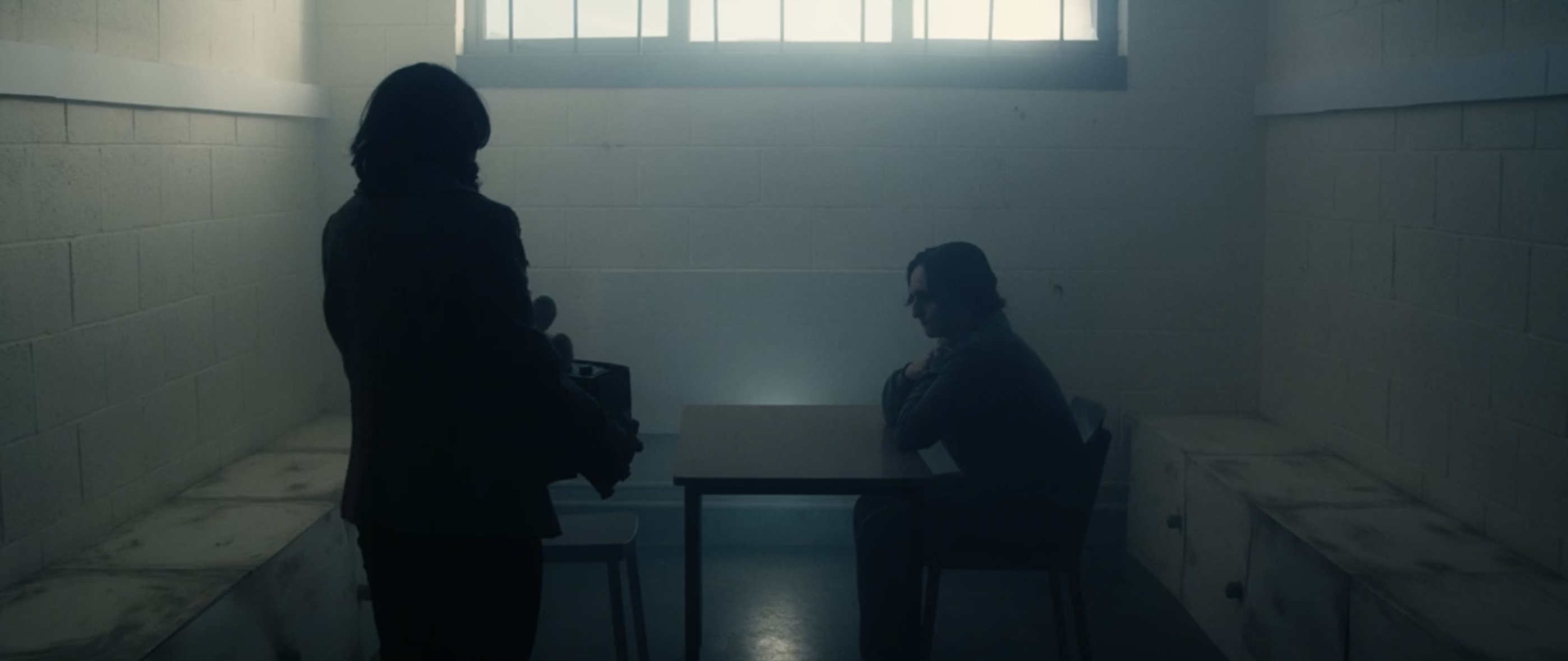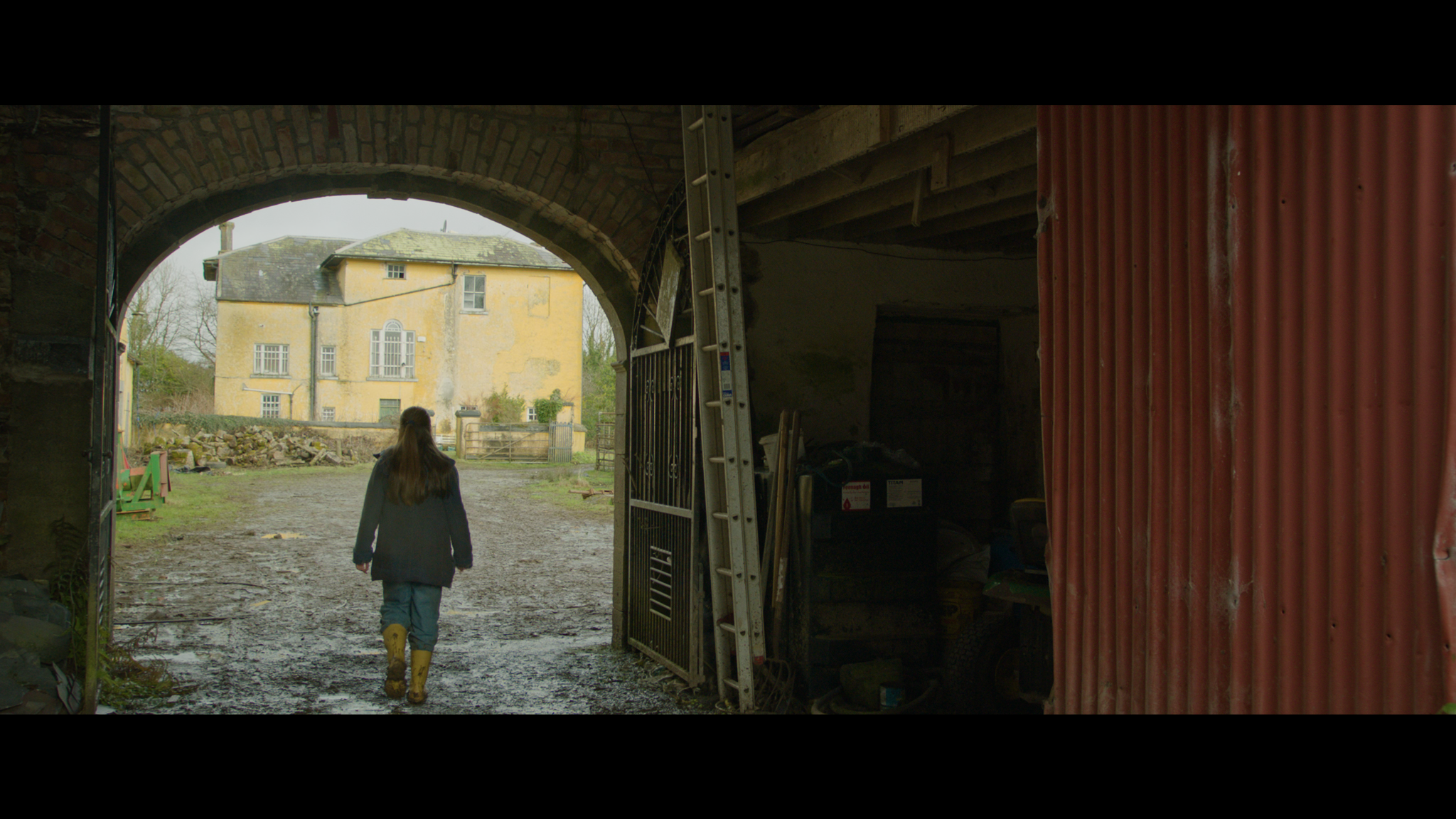
Wiktoria Weintritt
After relocating to rural Ireland, a defiant Polish teen finds himself at odds with everything around him - especially his father. Stuck in a place that feels nothing like home, their clashes simmer until rebellion turns personal, and the fallout becomes impossible to ignore.

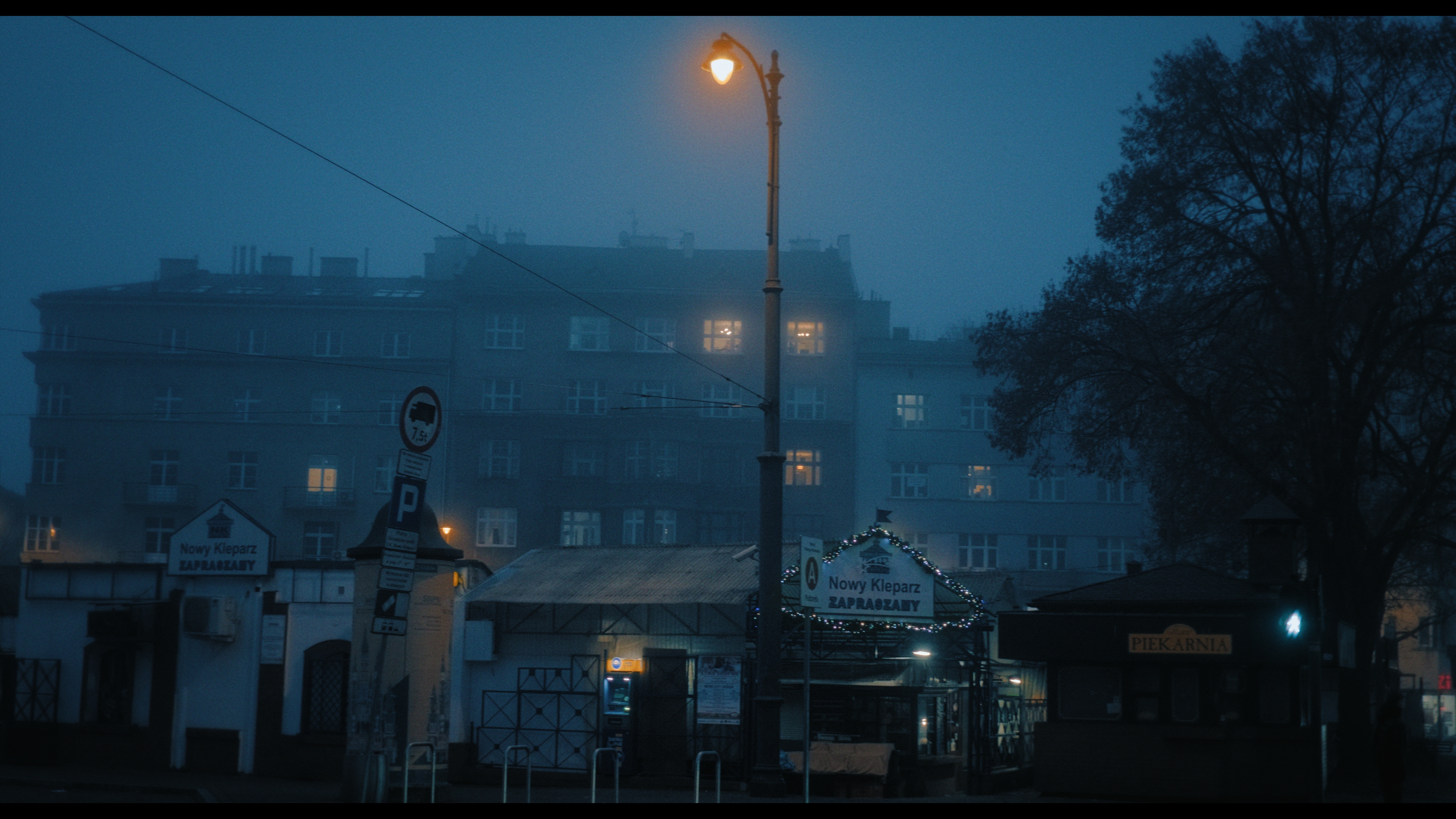

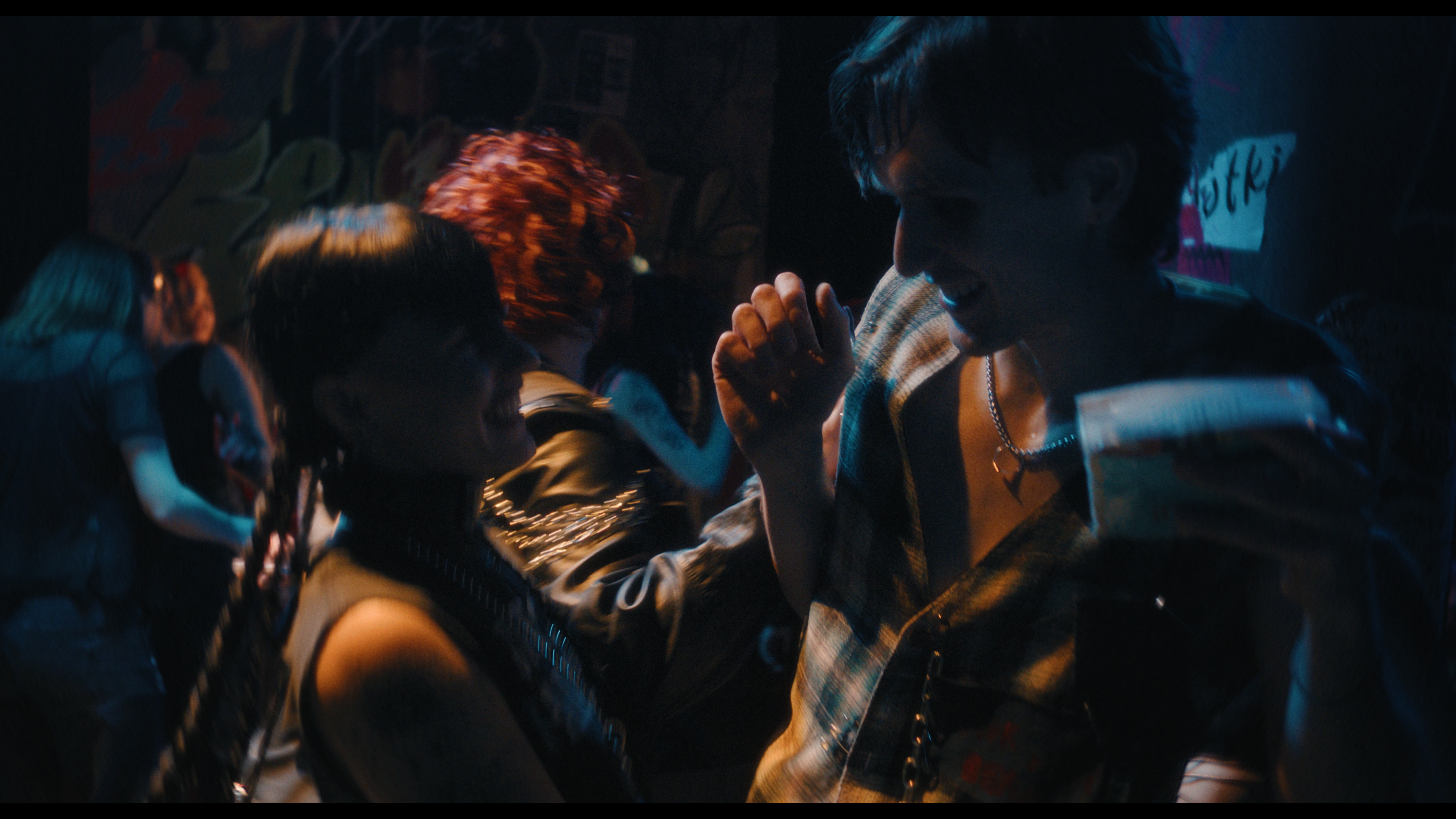
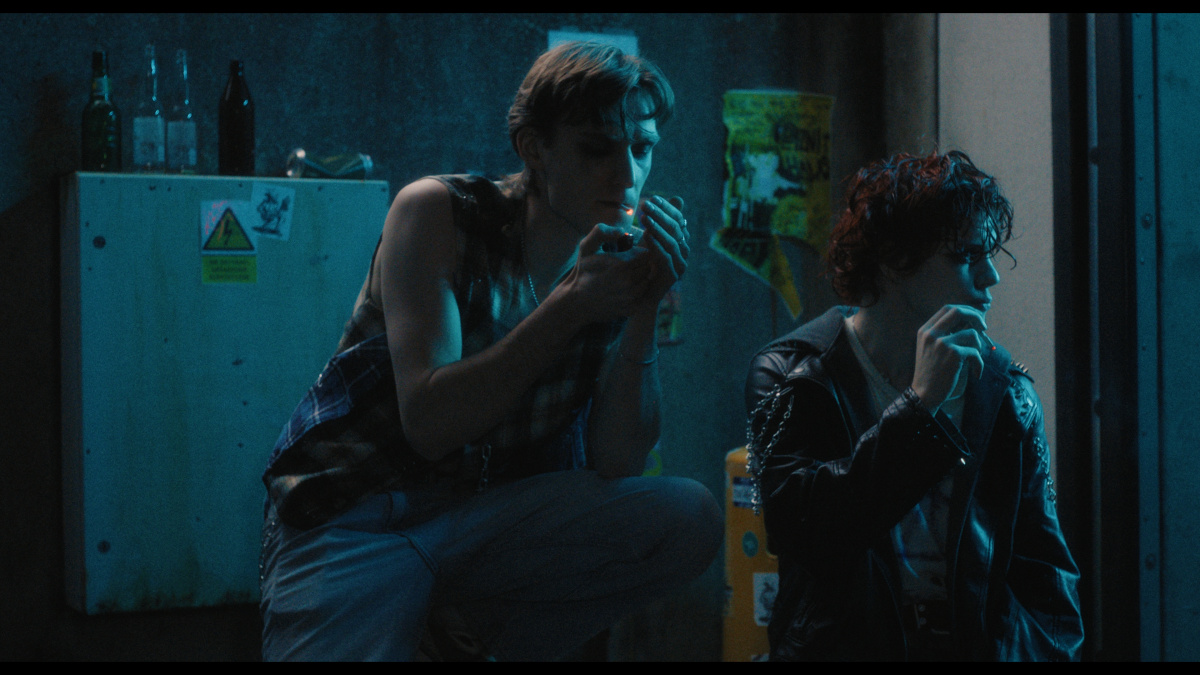
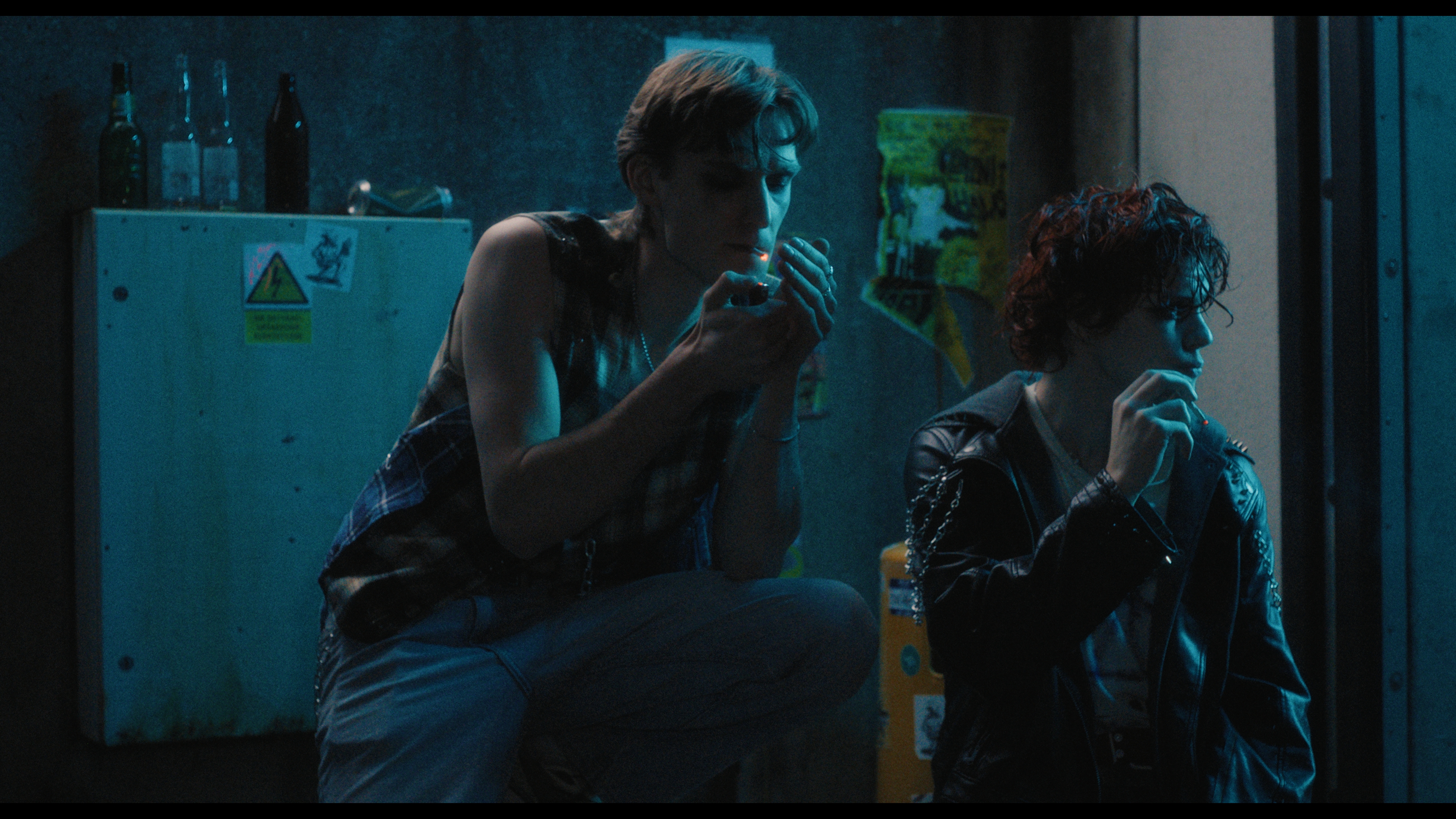
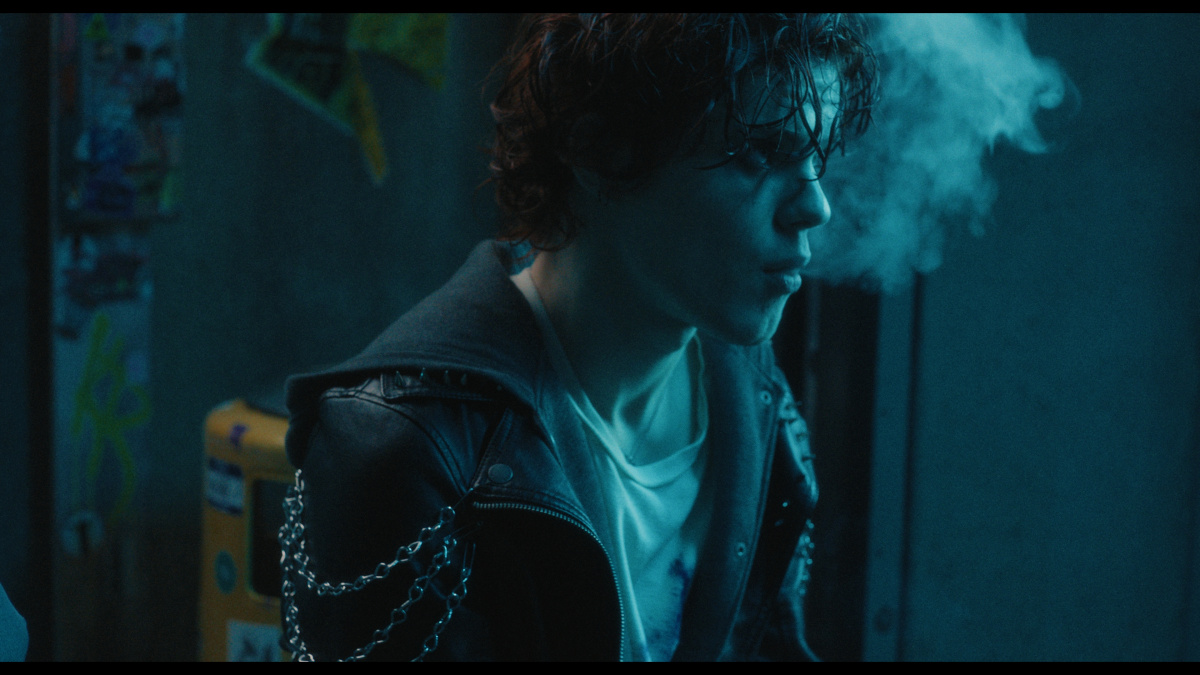

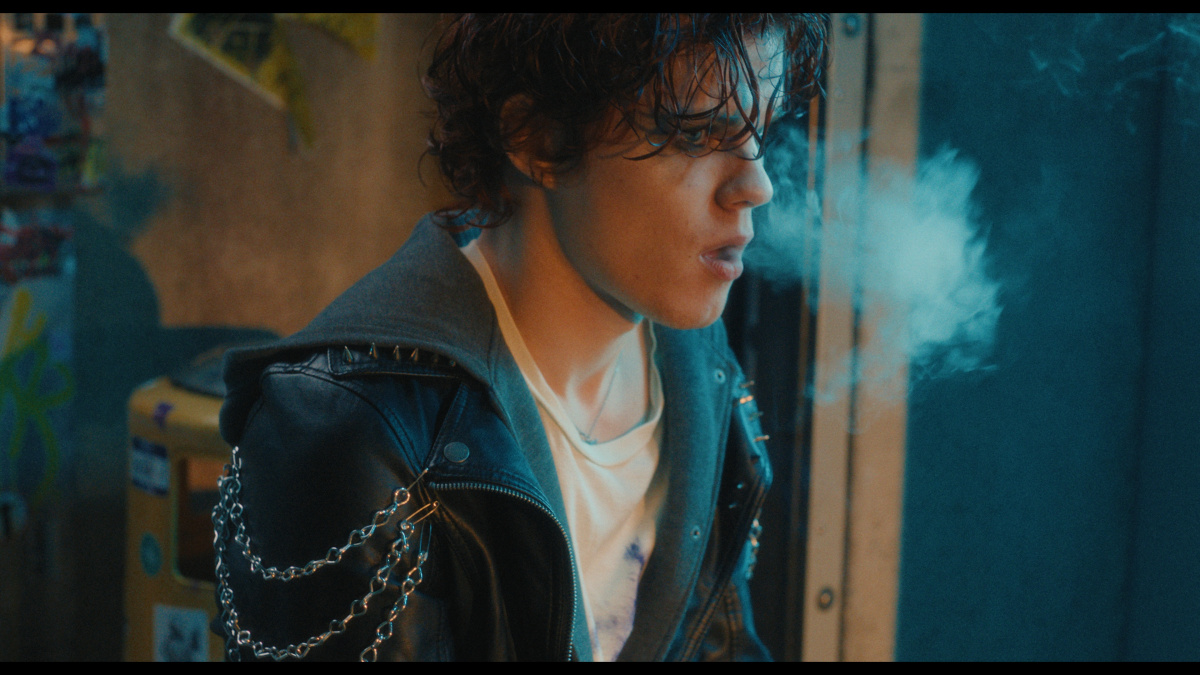

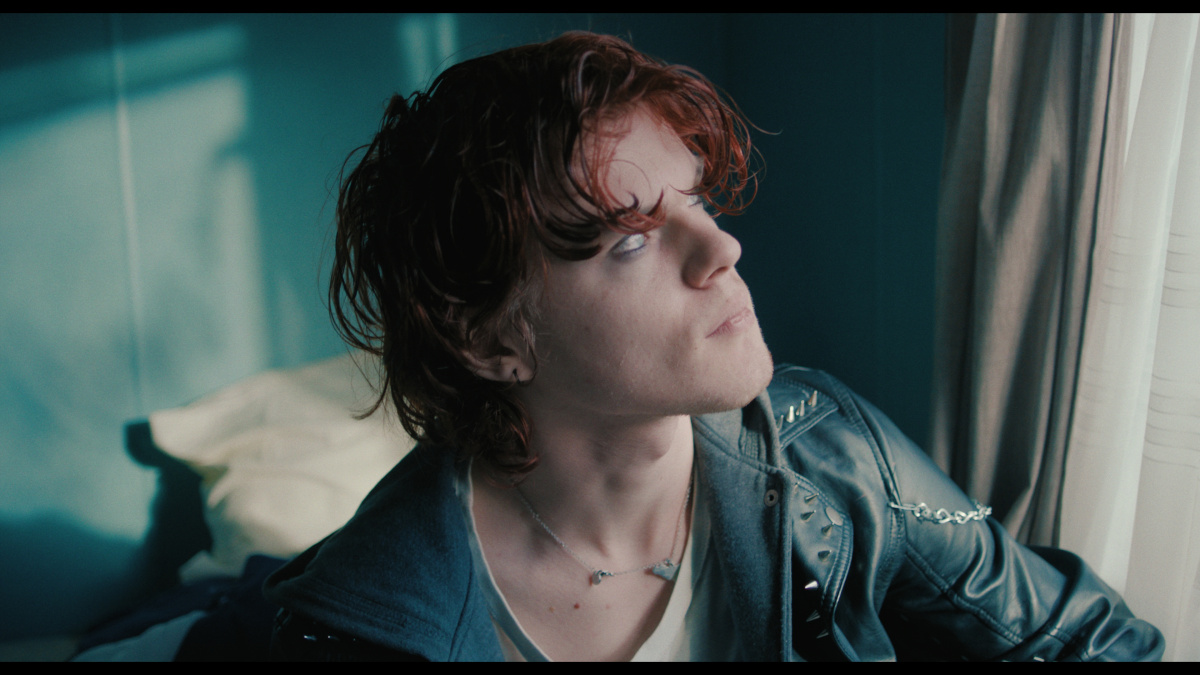
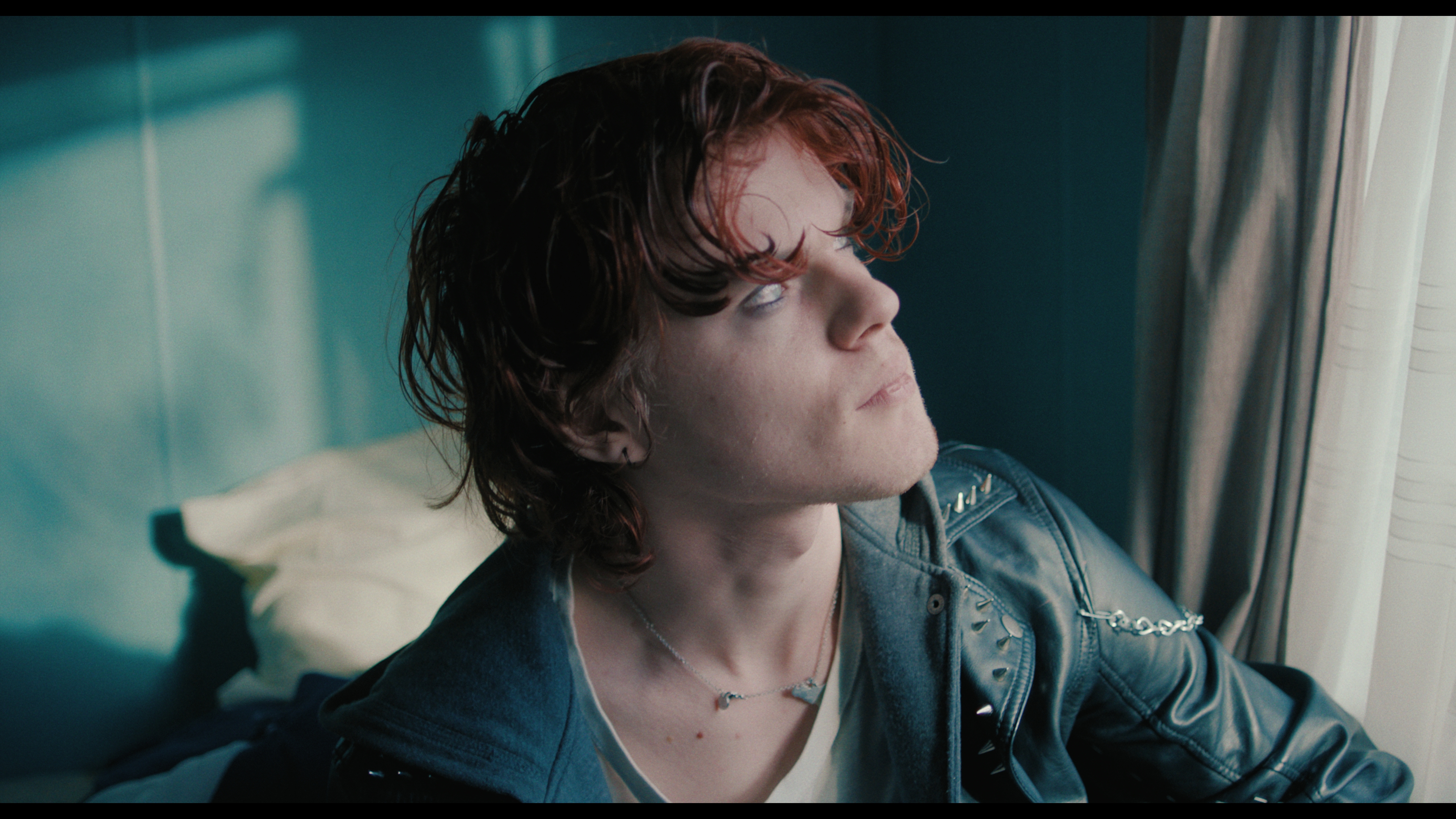
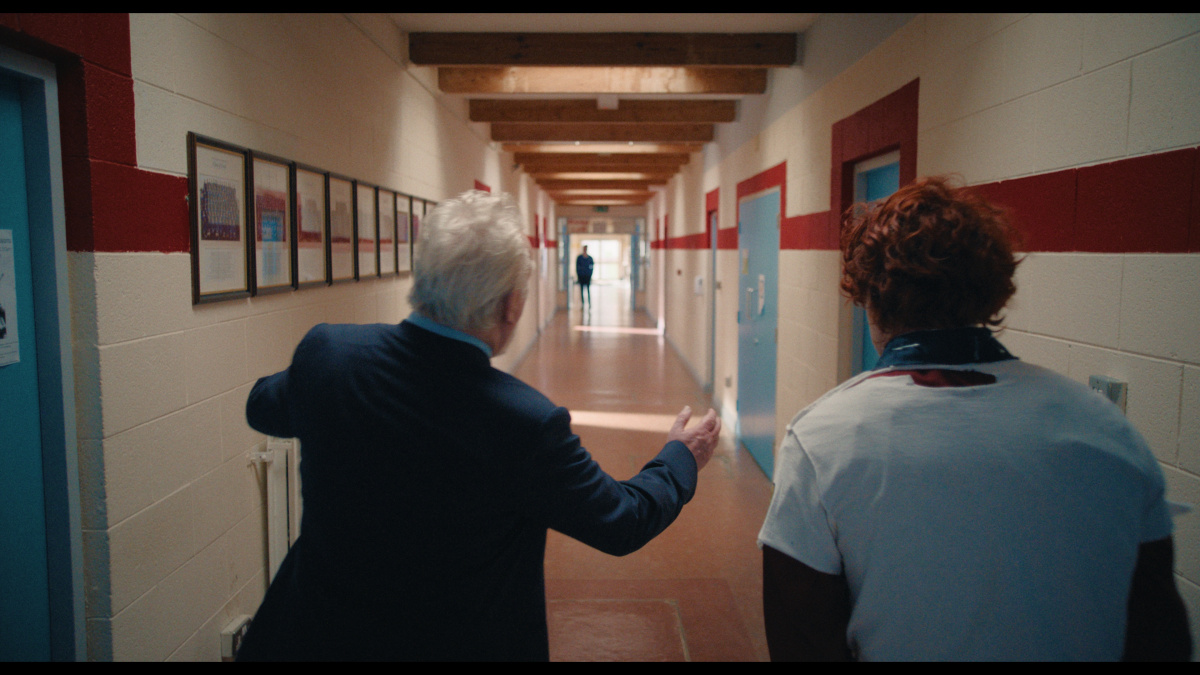
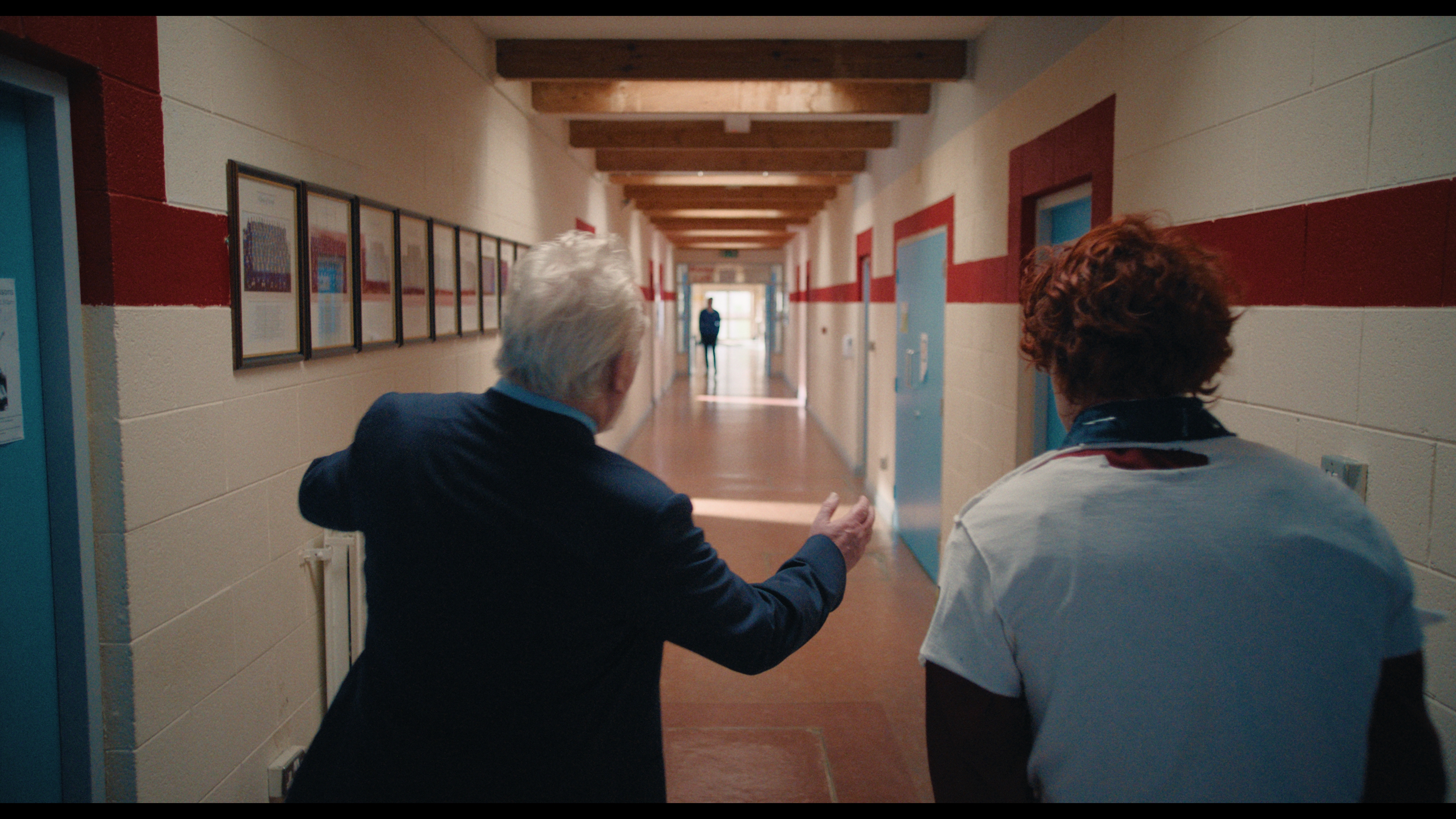
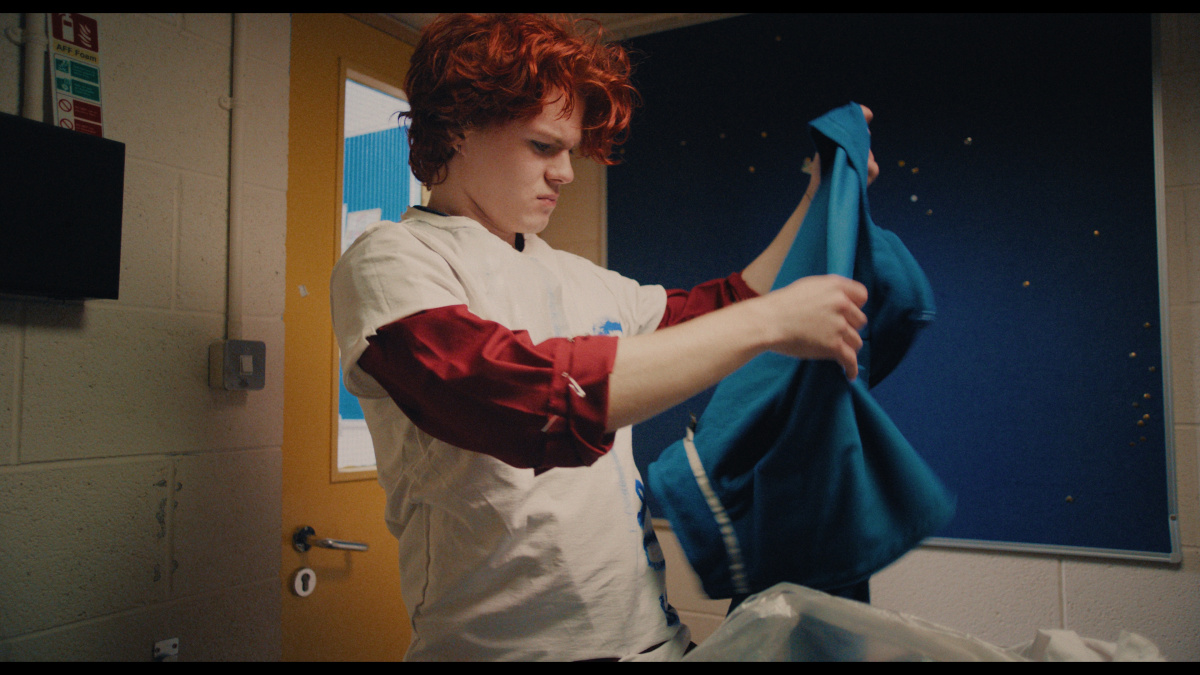

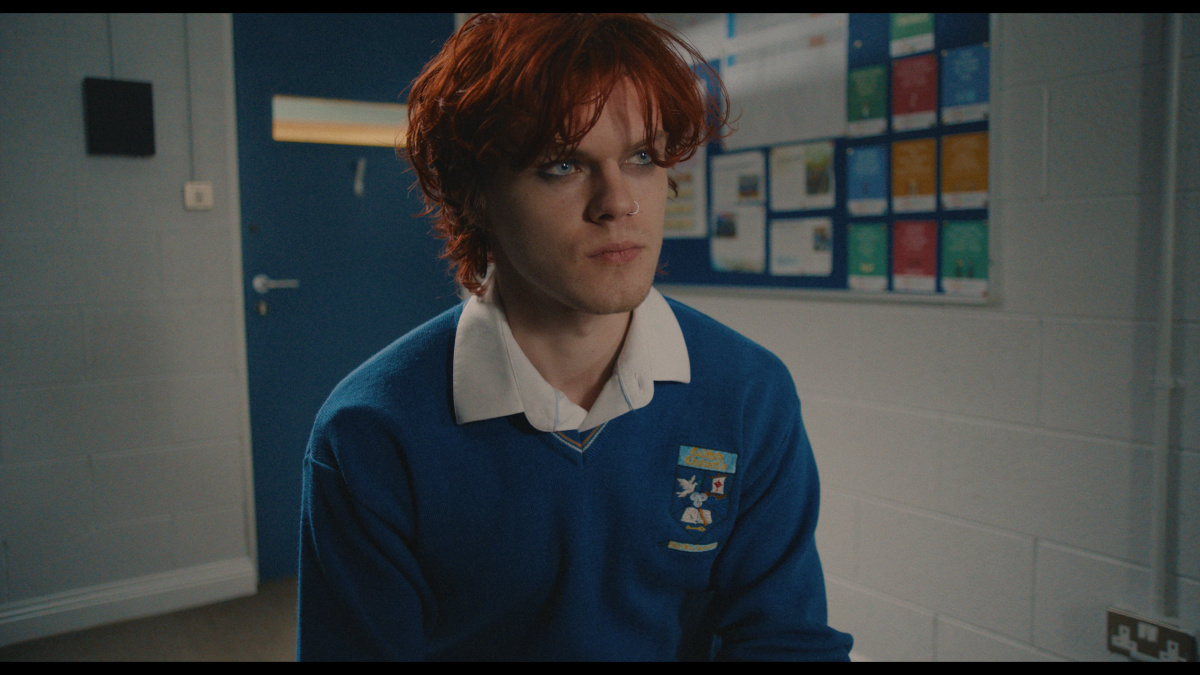
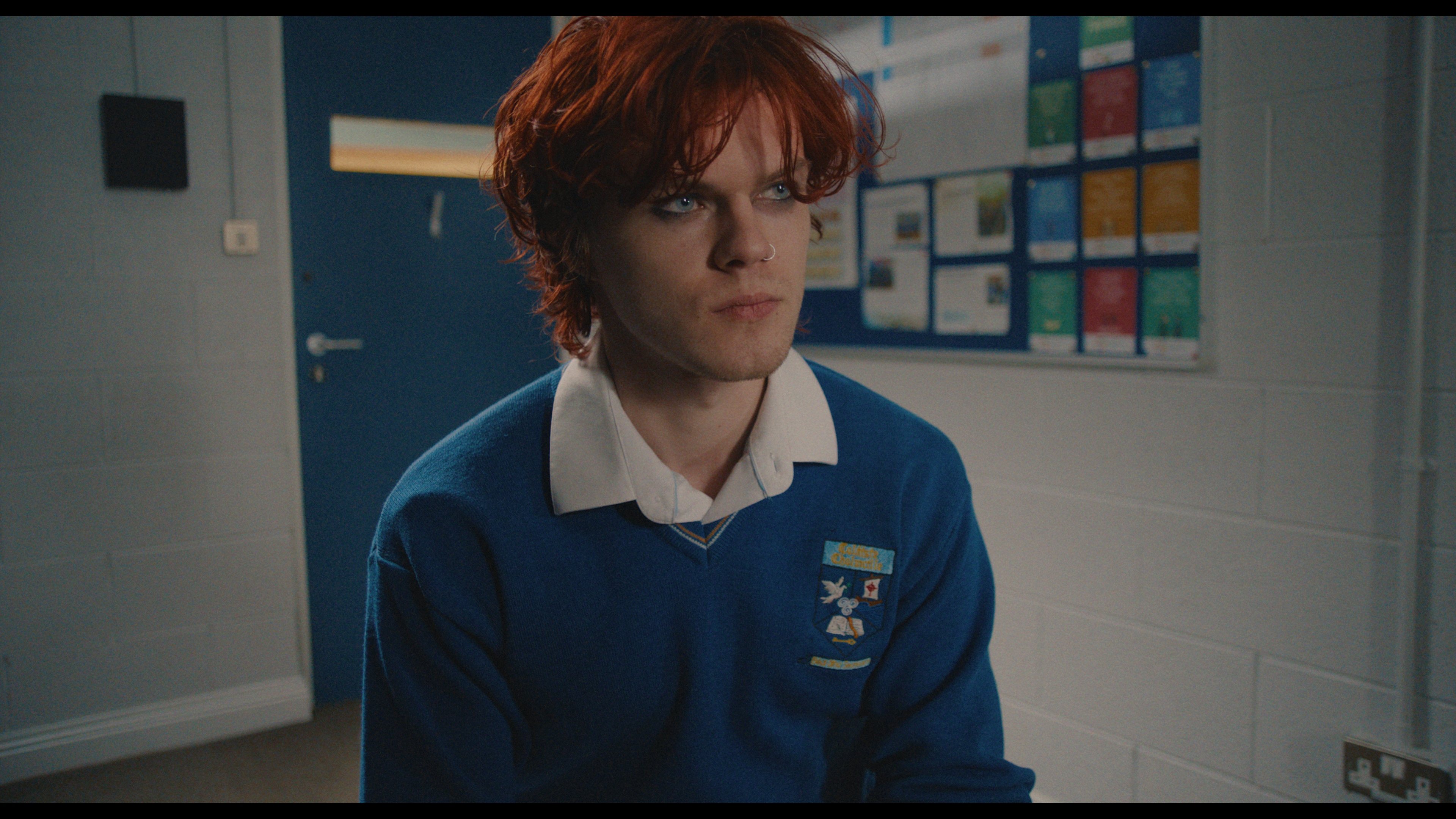
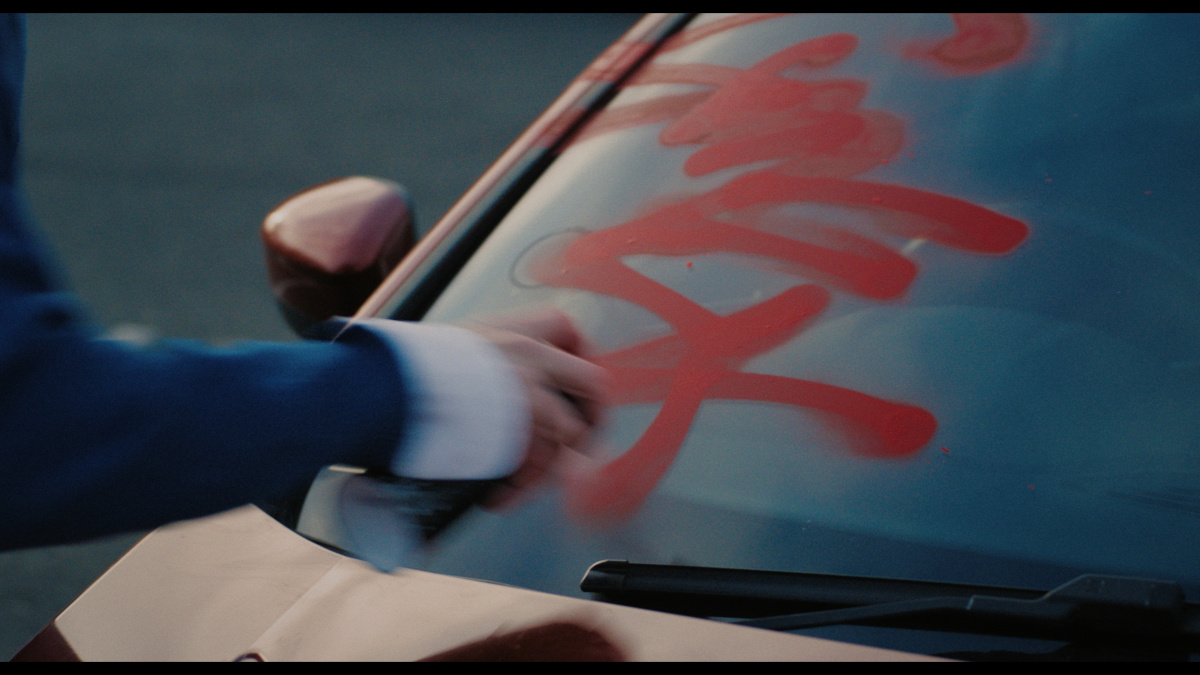
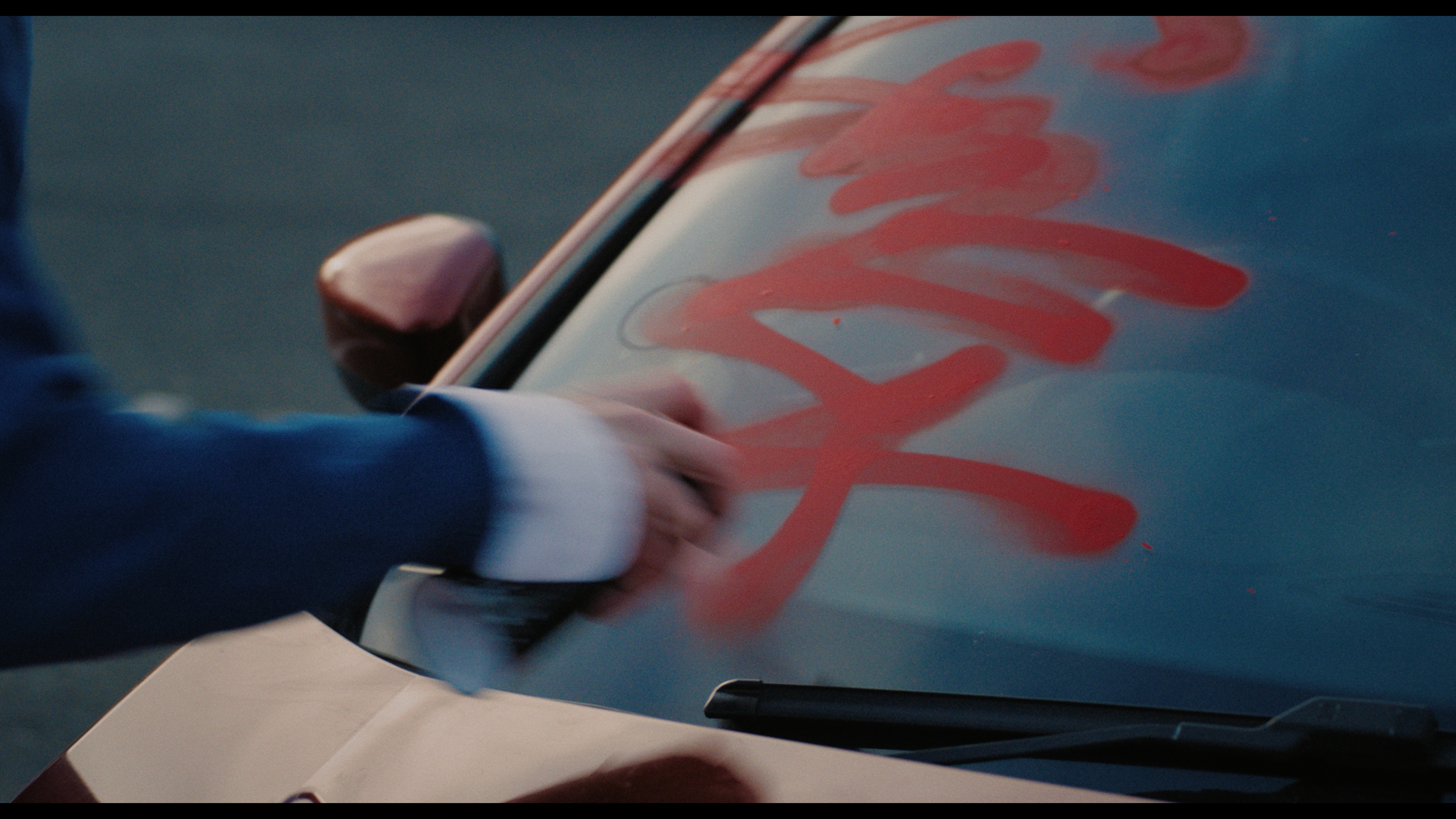

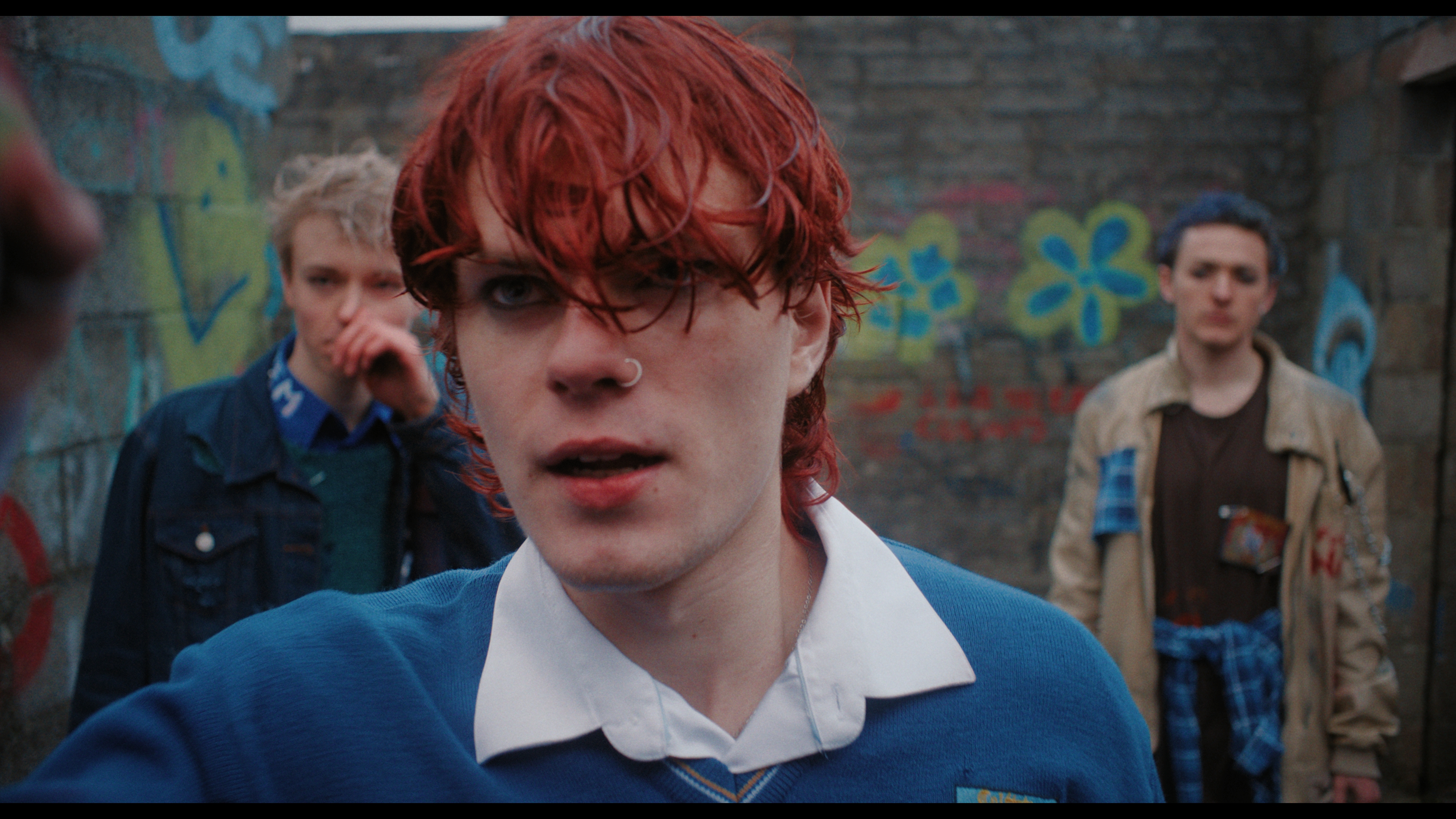
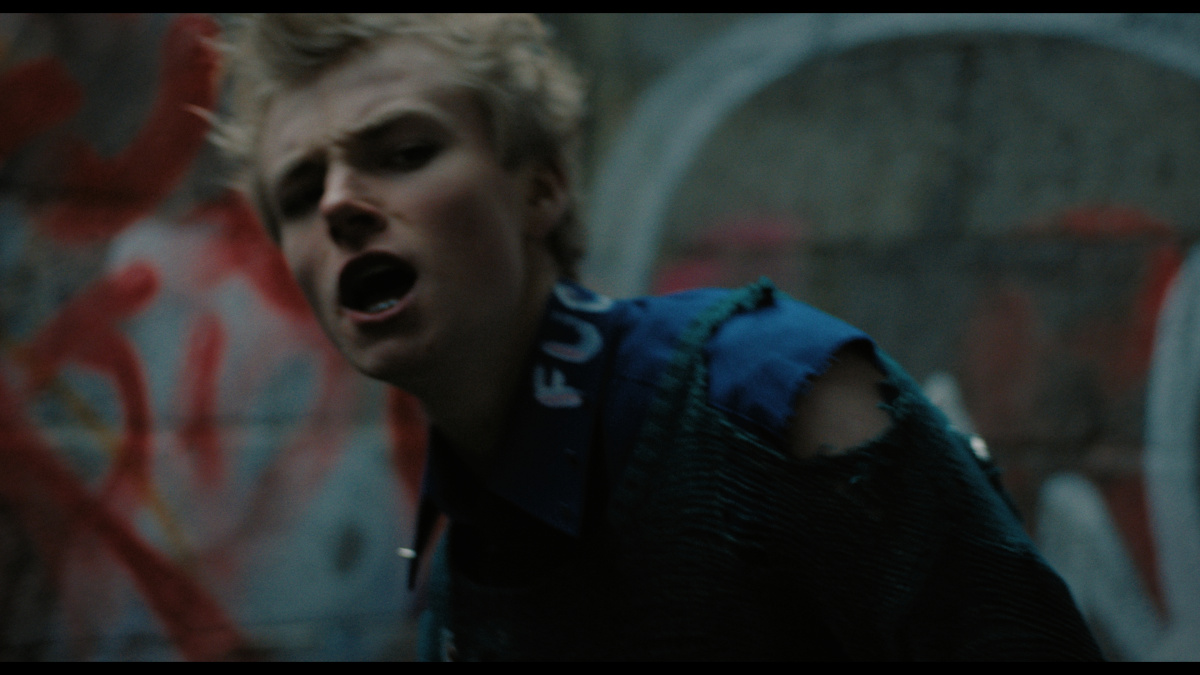
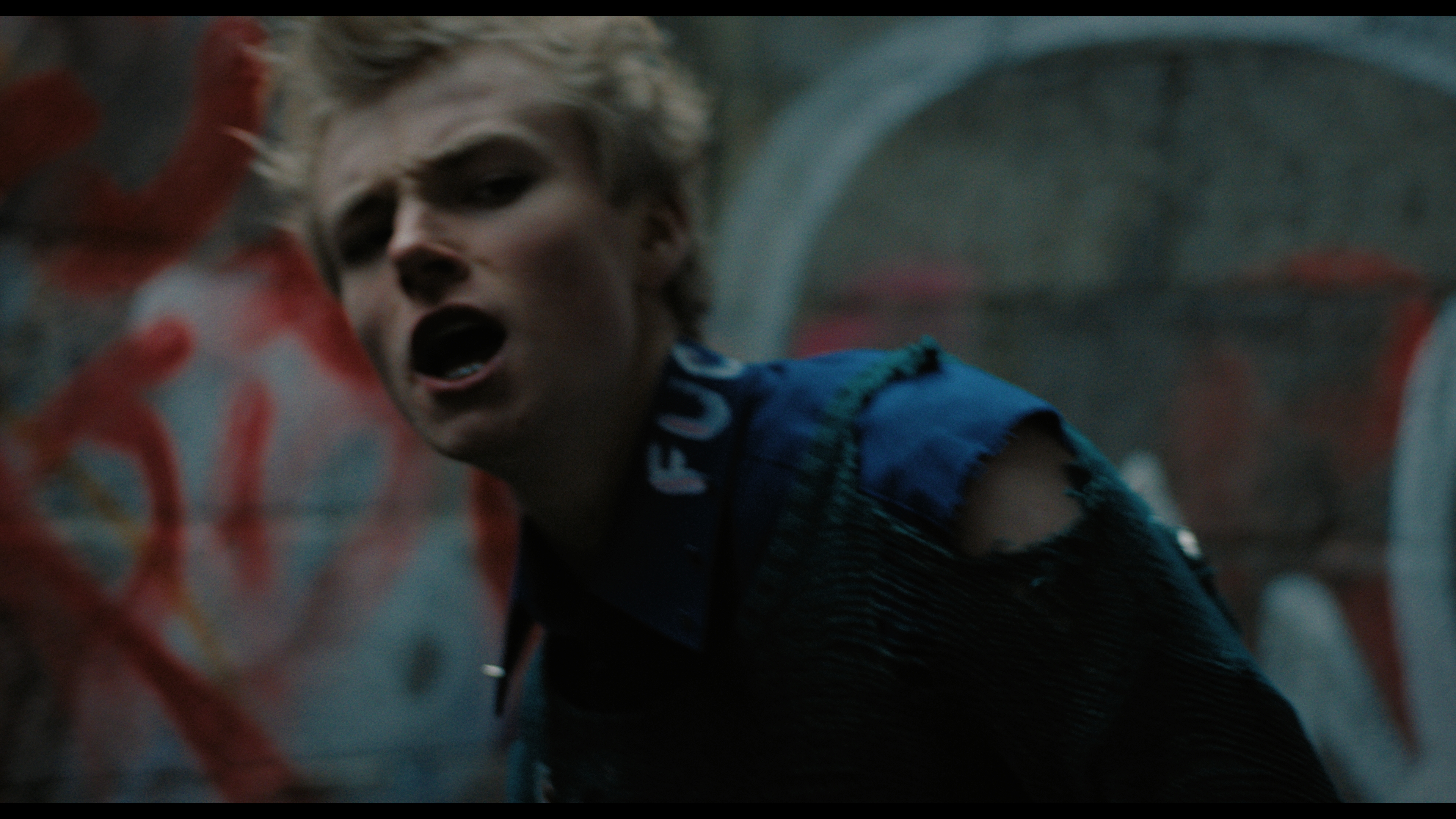

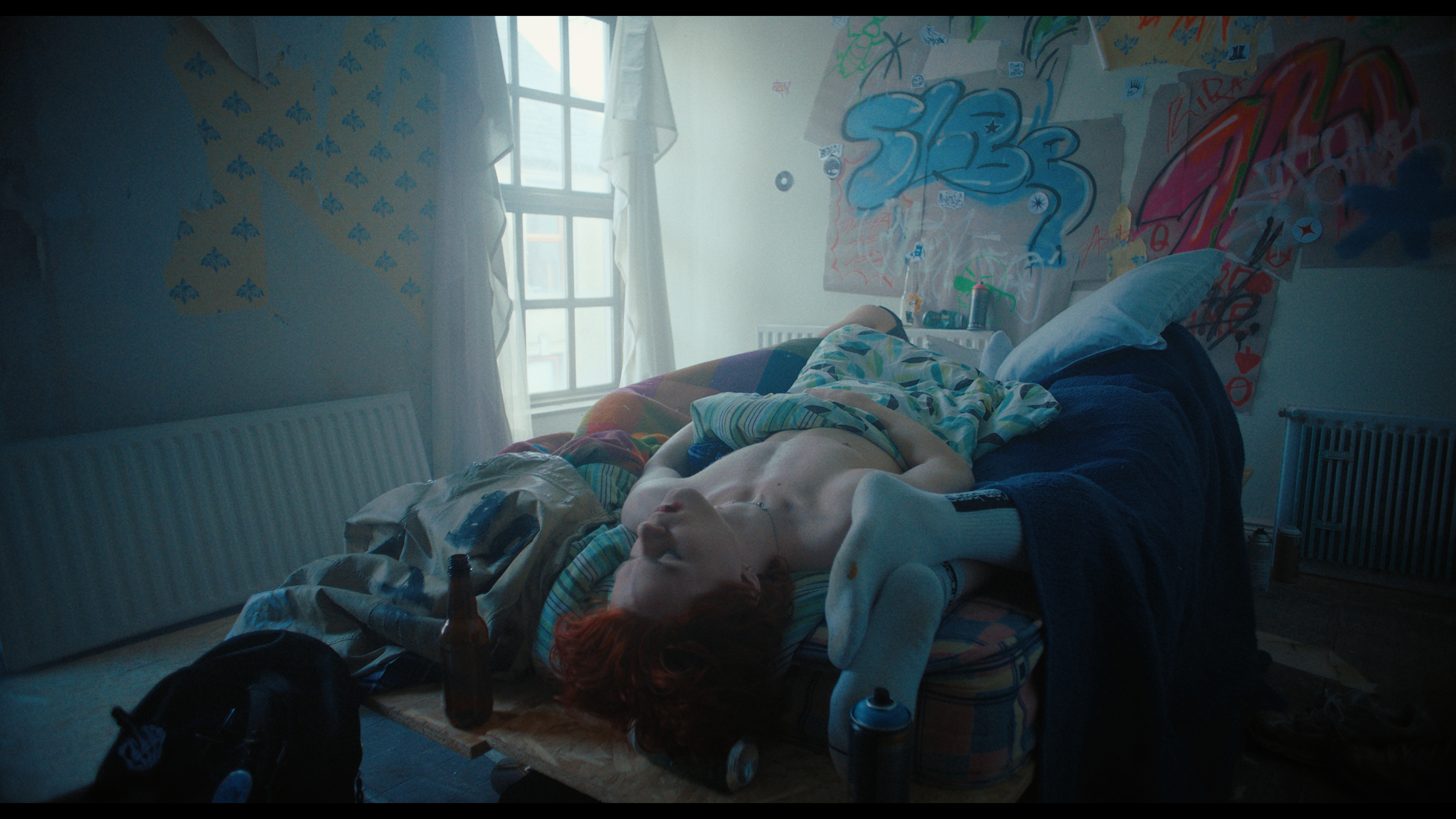

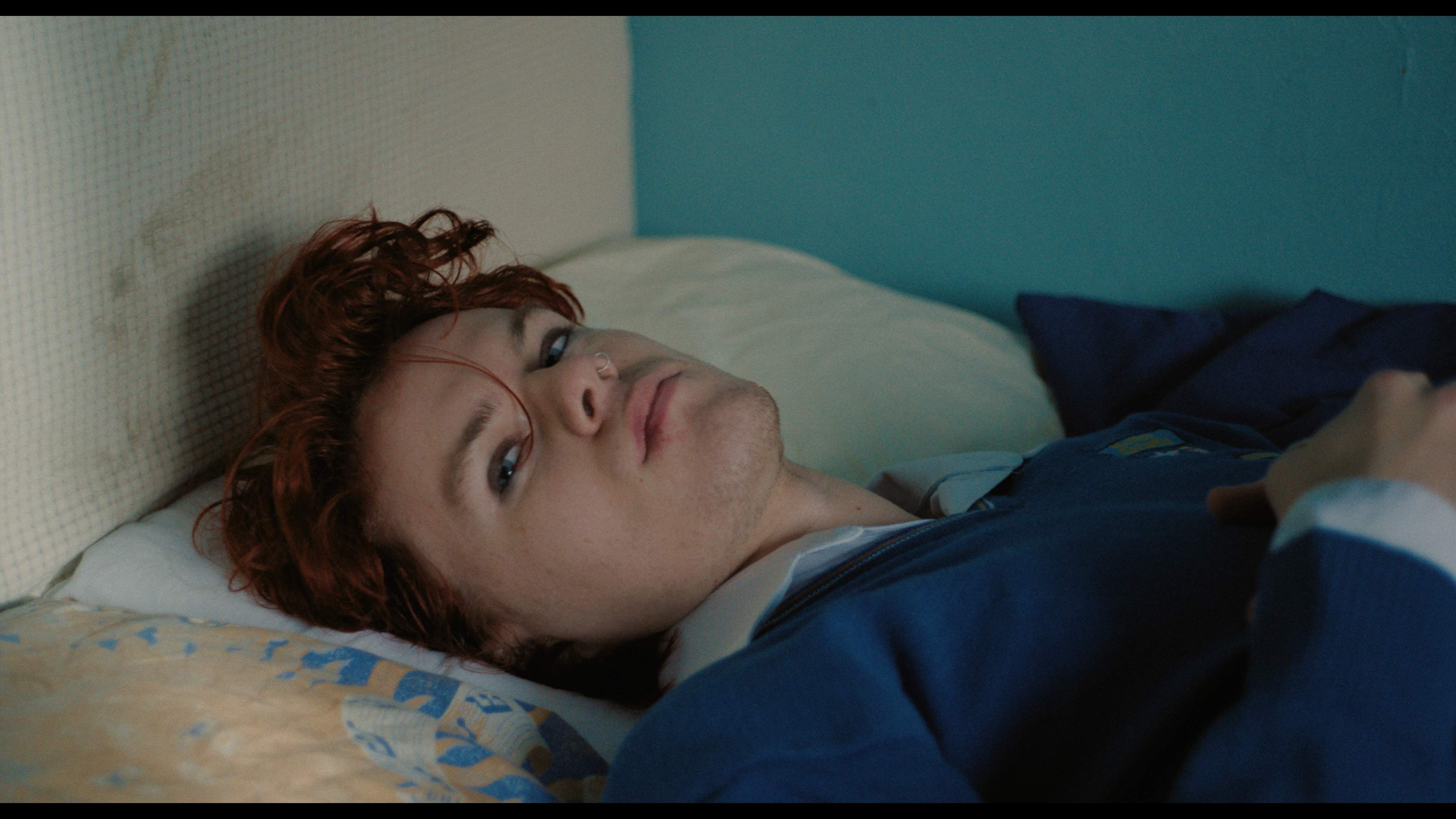

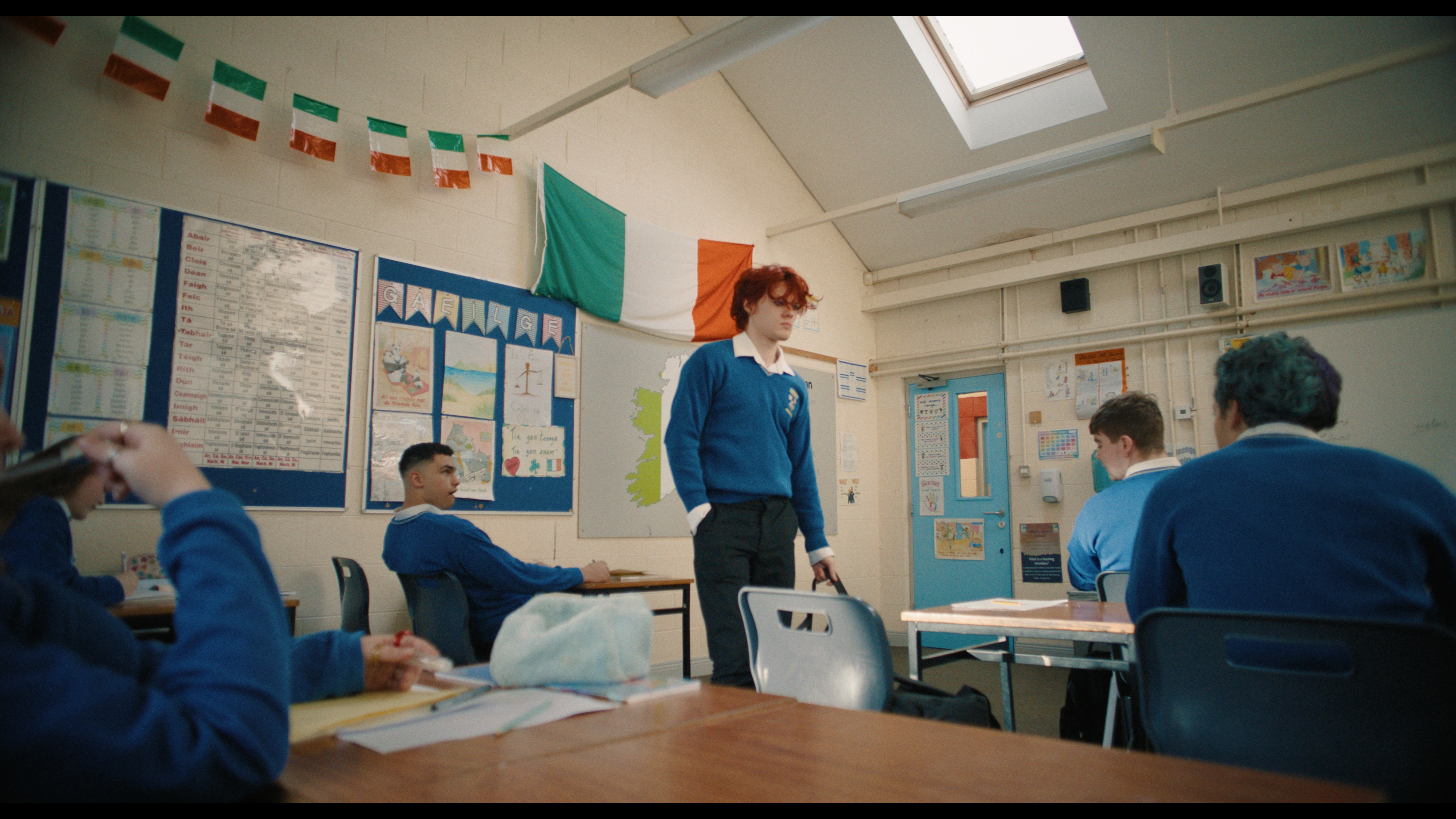


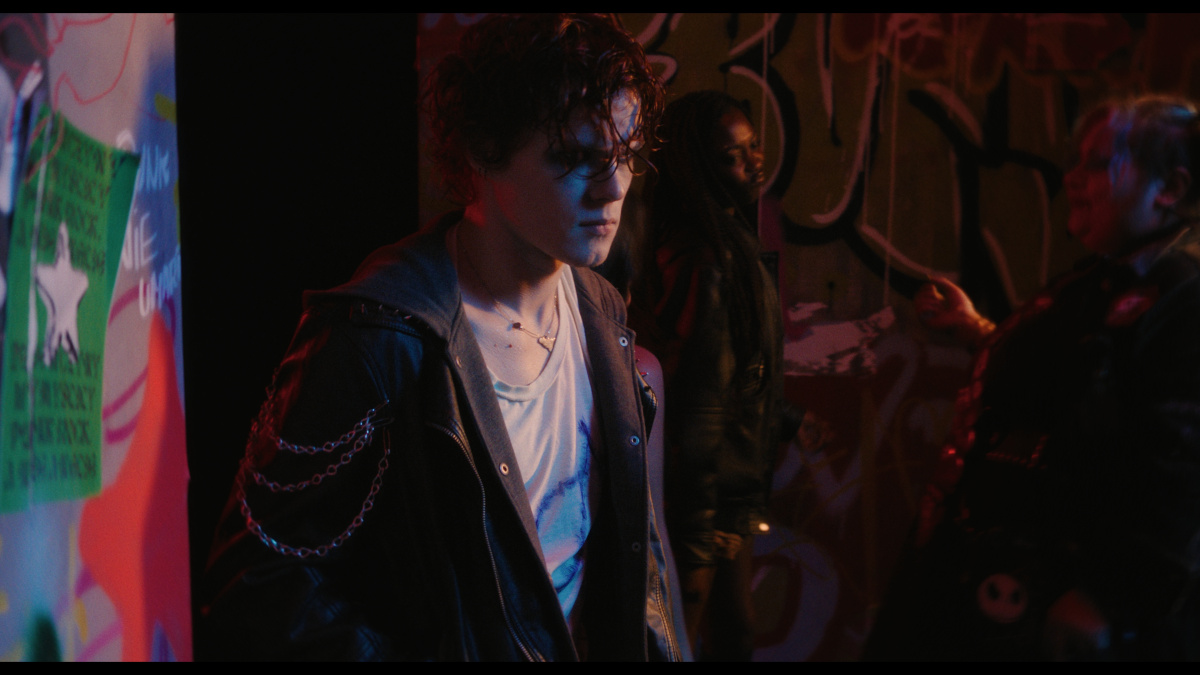
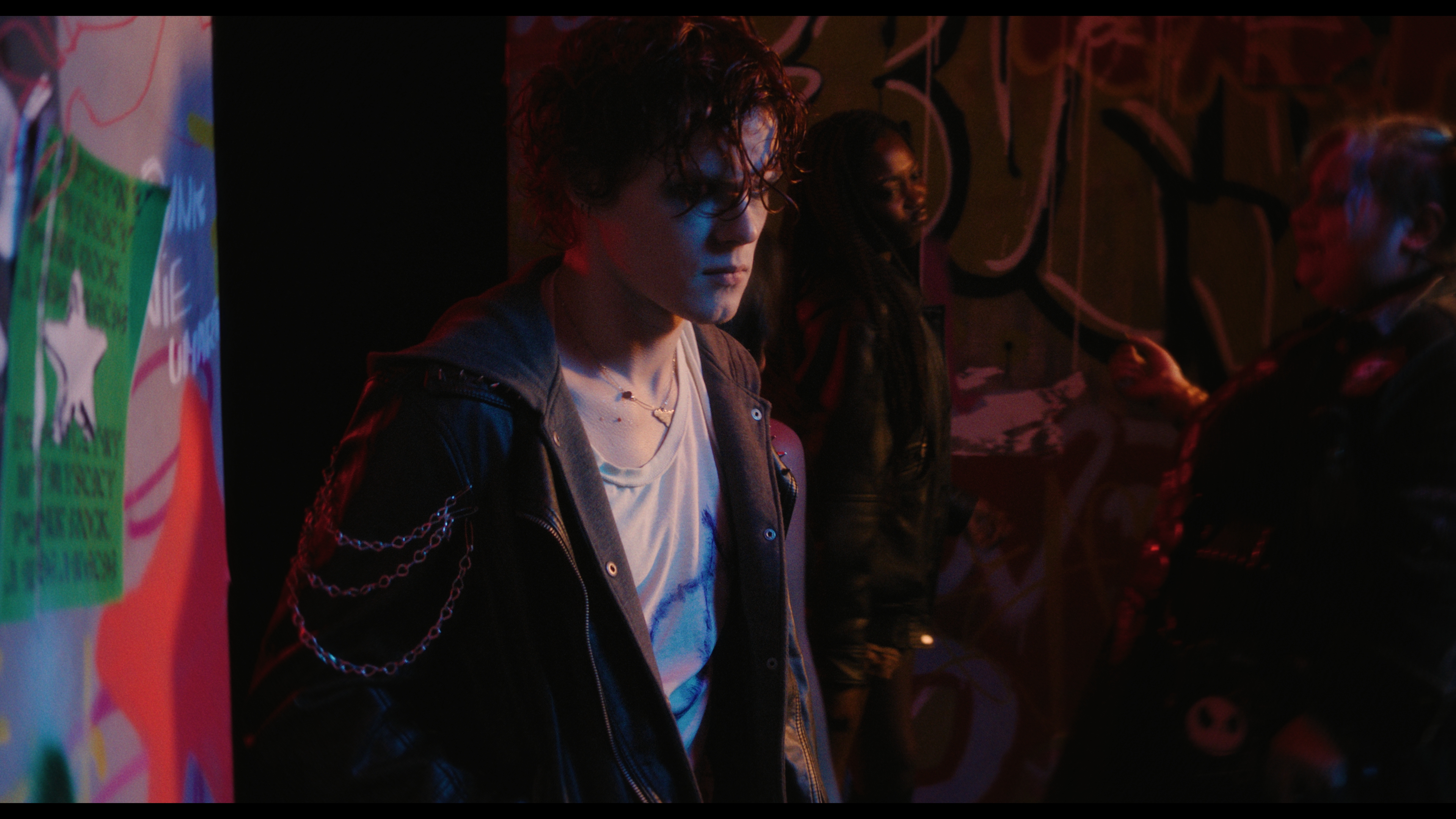

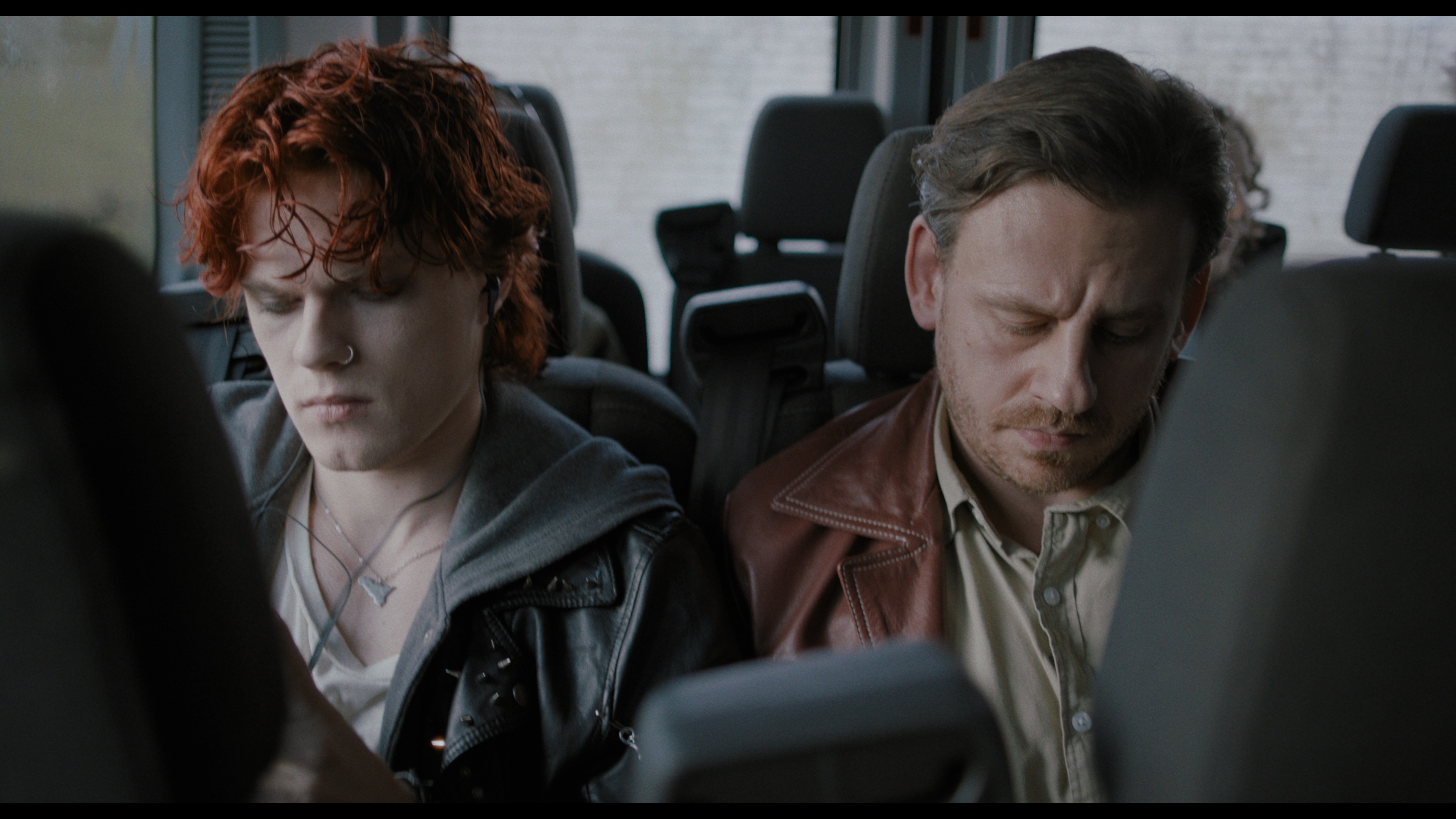
In the cinematography for Tymek, my goal was to offer an authentic point of view - immersing the audience in Tymek’s world. I wanted viewers to feel as though they were a 17-year-old boy, uprooted from everything he’s ever known, his identity fractured like a puzzle. I aimed to evoke the chaos and the lingering question of what is home? as we journey to the west of Ireland with both father and son. The camera’s role was to explore this unfamiliar world just as the characters do.
The visual language of the film reflects instability and disorientation, mirroring Tymek’s internal state and external circumstances. To achieve this, I shot most of the film handheld, rarely using a tripod or controlled dolly movement. My approach was heavily inspired by Robbie Ryan’s cinematography in Andrea Arnold’s films: Wasp, Fish Tank, and Bird. I aimed for an observational, semi-documentary realism, where the camera breathes within the space. It becomes an active participant in the story - not just a passive observer.
For my editing minor, I edited my cinematography workshop exercises, cut a trailer for Tymek, and completed the final conform for the film.
In my thesis I explored the role of chiaroscuro lighting, black-and-white cinematography and unusual composition in shaping themes of memory, nostalgia, and emotional depth in Ida (2013) and Cold War (2018), directed by Paweł Pawlikowski and shot by cinematographer Łukasz Żal. Through my detailed analysis of the techniques mentioned above, this text examines how the films evoke historical consciousness and personal longing through a poetic visual aesthetic. Drawing from European art cinema, particularly German Expressionism, Italian Neorealism and French New Wave, and the works of filmmakers such as Robert Bresson and Andrei Tarkovsky, this dissertation situates Ida and Cold War within a lineage of poetic realism and formal restraint.
Ida and Cold War exemplify a modern reinvention of black-and-white cinematography, utilising its timeless aesthetic, not only as a stylistic choice, but as a means of evoking the past with melancholic detachment. This thesis ultimately argues that these films contribute to contemporary cinema’s engagement with memory and identity, proving that black-and-white filmmaking remains a powerful mode of visual storytelling in the 21st century

Wiktoria Weintritt is a Polish cinematographer whose passion lies in visually elevating the ordinary. With a background in both documentary and narrative filmmaking, she brings a versatile, intuitive eye to each project, whether capturing the honesty of natural light in vérité-style work or crafting composed shots for scripted productions.
Her cinematography is defined by a deep sensitivity to mood, movement, and emotional texture, often blending bold composition with quiet nuance. Based in Dublin, Wiktoria has worked across media, from short films and music videos to commercials - always grounded in a commitment to cinematic, story-driven visuals.
Curiosity, empathy, and strong dedication to story lie at the heart of her creative process.


